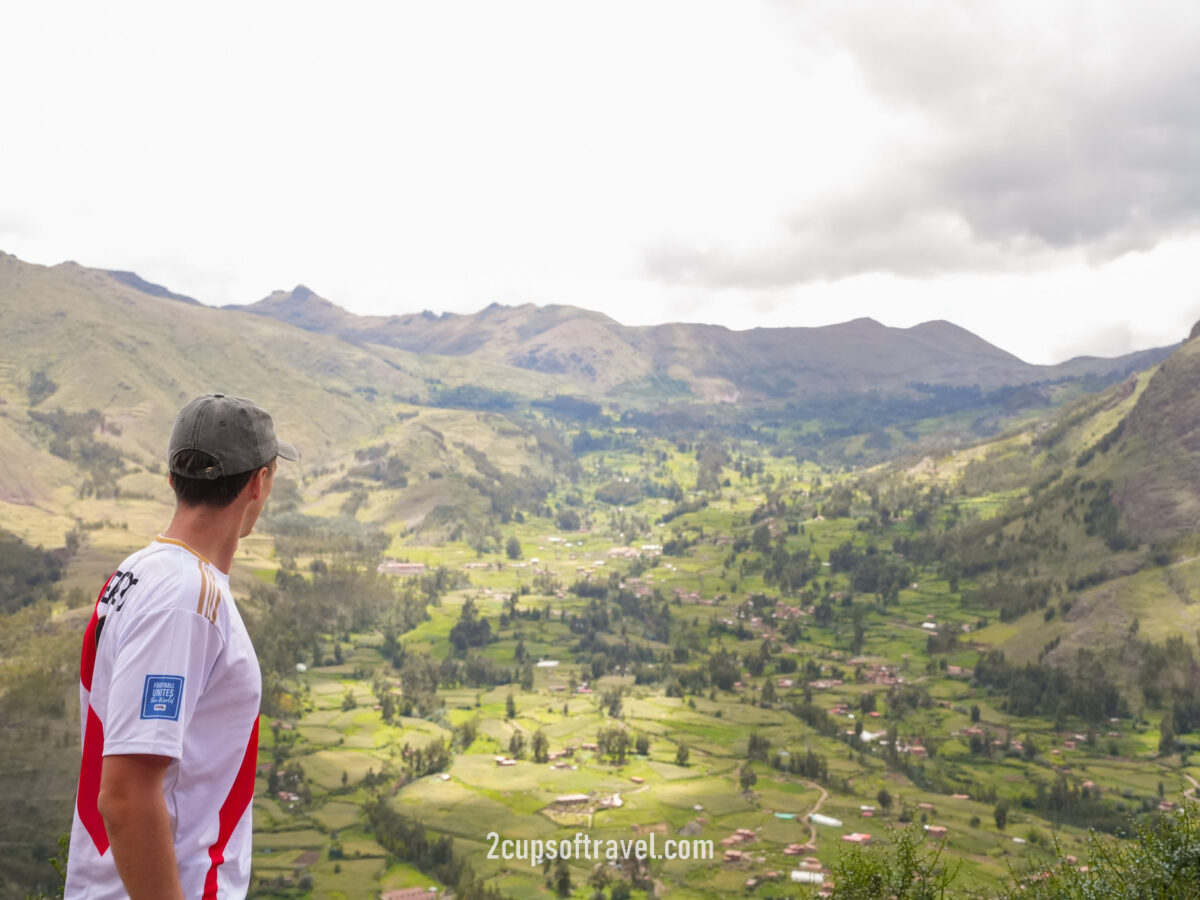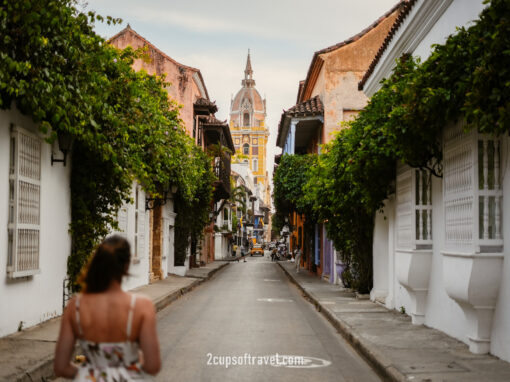This guide covers off a few important things to know when looking to travel the continent of South America. We visit in January and February (peak time for many countries in the region) and had an incredible trip! We did a mountain of research beforehand, and spoke to a plethora of people about their travels, including South Americans who had lived and travelled extensively in their own continent. This guide helps to give you some insight into some of the key questions, concerns and things you need to know before you visit South America.

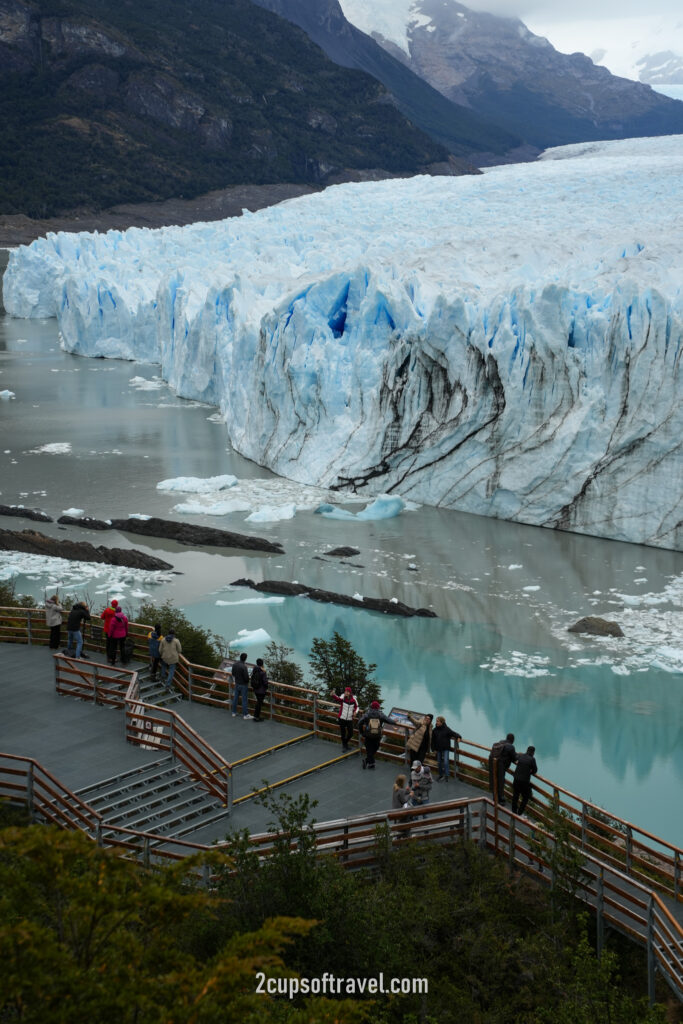
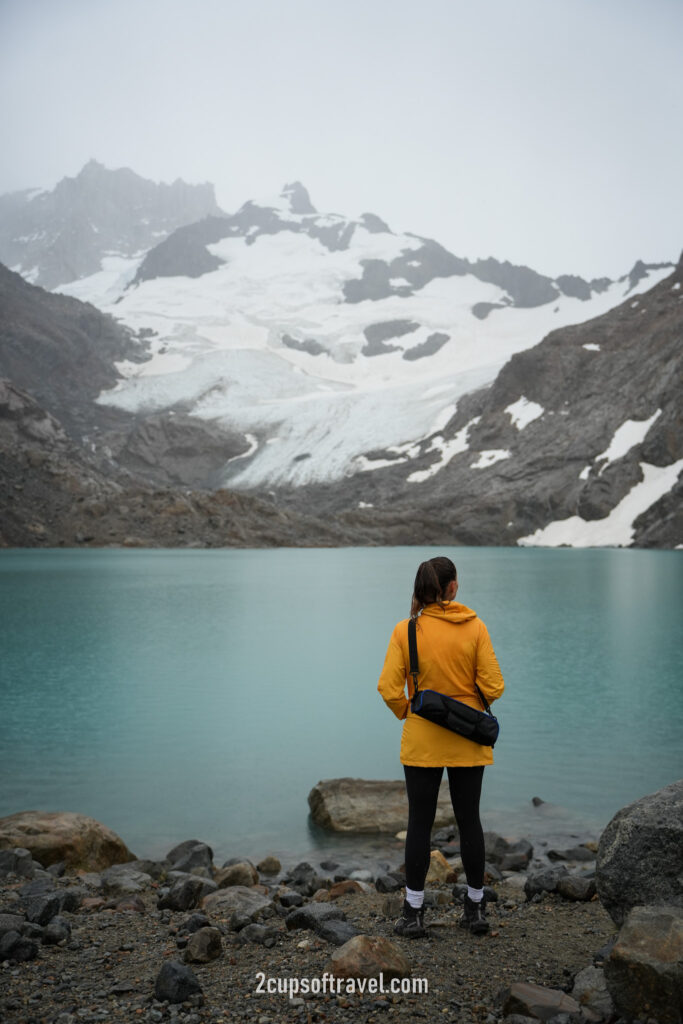

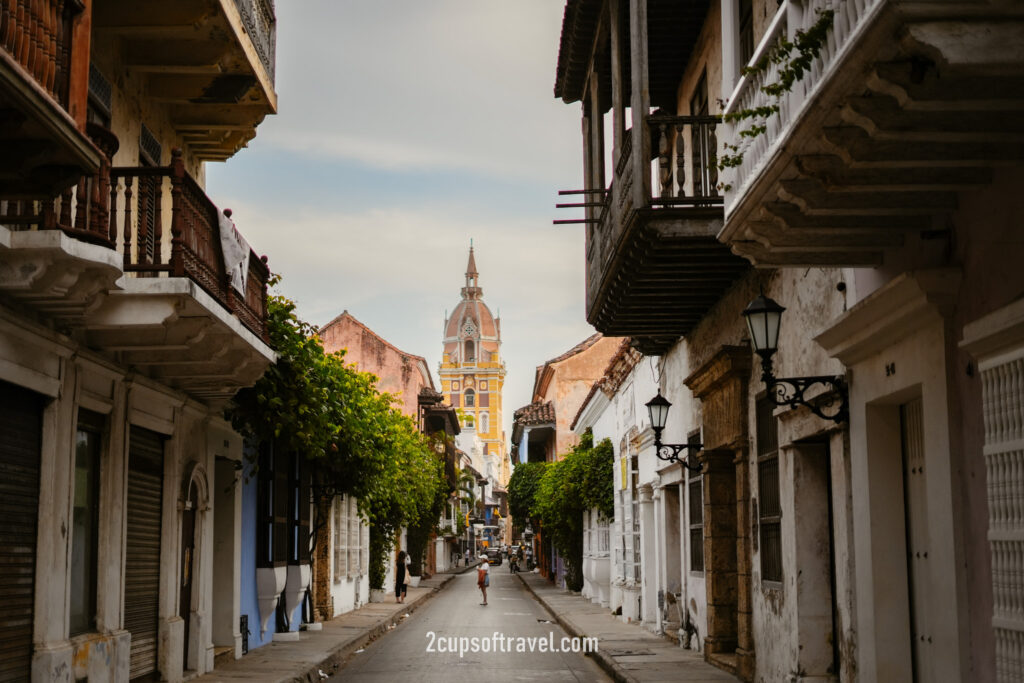
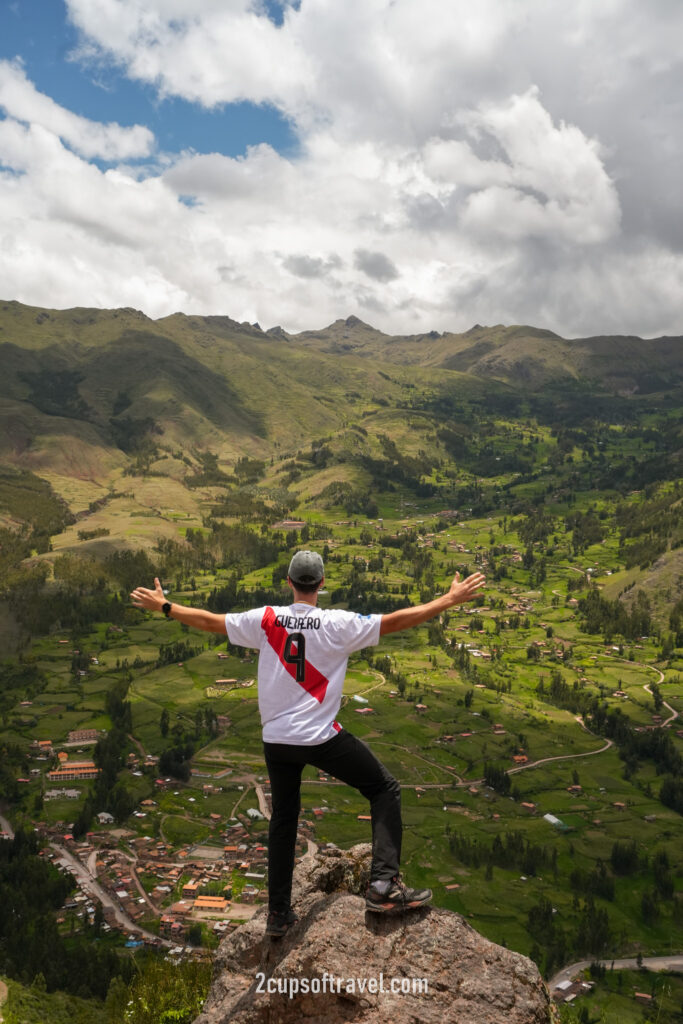
Things to know before you travel South America!
Safety considerations for South America
Is South America unsafe? That was the big question we posed to many travelers, locals and expats when planning our trip. A quick Google search online shows a multitude of varies responses. And the answer is.. it depends. Is South America as safe as Australia? No, sadly not. Is it a safe as parts of Europe, no, but there’s also places in Europe that can feel pretty unsafe. Overall in our travels through South America, we only had a couple of moments we actually felt unsafe, but we were very vigilant regarding safety. We have provided a few key tips that helped us stay safe on our travels and recommend everyone consider when visiting South America.
- Don’t flaunt wealth: This is definitely an important recommendation. Don’t take you’re nice watch, don’t flaunt your expensive jewelry (leave it at home). There’s a lot of ‘opportunistic’ people and it isn’t uncommon to get pickpocketed in busy locations.
- Have a burner phone: We took an old iphone with a eSim during out trip. If we went out a night, or to areas we new were a little bit edgier, we would take the burner phone. Before the trip we were happy to ‘lose’ this phone if it ended up coming to that (it didn’t, thankfully). That way we still had access to the internet/directions to get around, but not the risk of losing our actual phones. Side note – we found both of us enjoyed not being able to use our phones and social media as much without access to our normal phones.
- Take cash when you go out (rather than your credit cards). If you get held up, or you wallet pickpocketed, then having a modest amount of cash isn’t a big ‘loss’. Much easier than having to cancel credit cards etc. This is particularly useful in riskier areas or for nights out.
- Get a cross body bag: This was another ‘must do’ when visiting South America. You will notice all of the locals wear cross body bags.. and it’s not only for fashion. This is much safer than a traditional handbag, or having things in your pockets. You keep you valuables in front of you, an easier position to protect. Additionally, we highly recommend getting bags that have the ability to ‘lock’ the zip, or that you get a carabina (or similar hook) to ‘lock’ the zip and prevent someone quickly opening it in a busy location.
- There are some places you “do not go” e.g. areas at night, near the border, certain neighbourhoods. We highly recommend you check in advance with guides / websites like SmartTraveller / your accommodation hosts.
Overall, the locals of South America are very friendly, and the majority are great people. There are a lot of ‘opportunists’ in a continent that has significant inequality and poverty. If you are smart with your things, what you do, and where you go, overall you are likely to be okay.
It is hard to get around South America
Unlike Europe, South America isn’t well connected, and getting around can be a bit of a challenge. The continent is enormous, and the countries themselves can also be huge! There aren’t many train lines, definitely not like what you will see in parts of Europe or Asia. There are busses, however even buses between major cities in the same countries can take a day. Additionally, roads can often be poorly maintained in certain areas. This makes getting around tough, and time consuming. We opted to flight between most major destinations, purely due to the time it took to get around. This helped us save time, but it definitely wasn’t the most budget friendly (something to consider). You definitely need to be aware that it isn’t as easy to ‘city hop’ or move quickly through destinations in South America compared to some locations (e.g. Europe). Positively, we found many of the cities had Uber making it easy and affordable to get around in those locations.
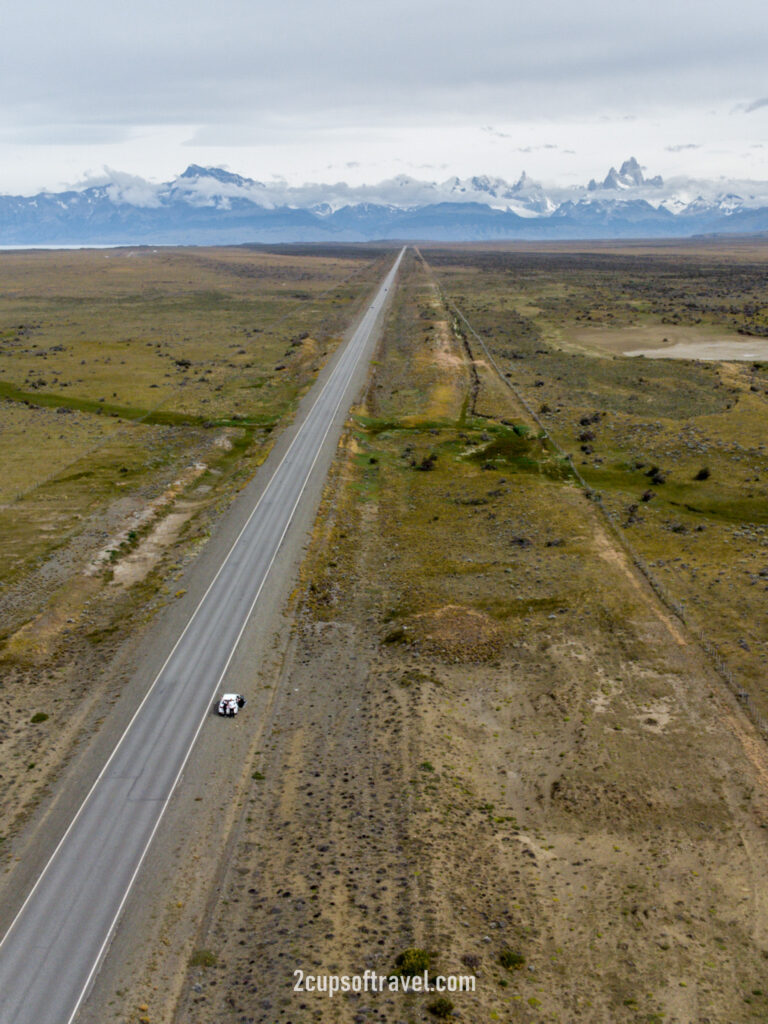

The South American locals are really friendly
One of our favourite parts of travelling in South America was the friendly, warm natured locals. Many of the countries rely on tourism, and you could tell by speaking to them how much the COVID pandemic had negatively influenced their livelihoods. They were welcoming the tourists with open arms, a stark contrast to locations like Barcelona or Paris where the locals openly protest against tourist. We had some great conversations with guides, locals, and street vendors over our travels!

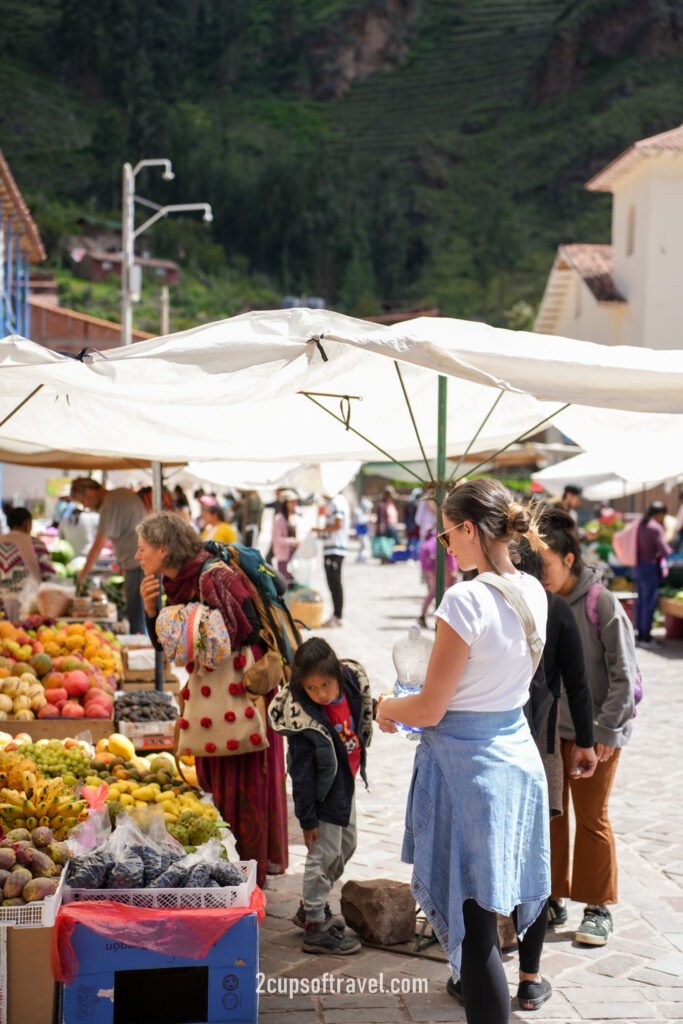
Check your privilege.. there’s lots of disadvantaged people
We always finding it very challenging and humbling to witness the difficulties and standards that many locals live in around the world. Not all parts of travel are glamorous, and travelling to 3rd world countries like some of those in South America really highlights the level of inequality present. There are often really poor health and educations systems, and many of the jobs are low paying. Combine this with extremely high inflation, and locals are struggling. While understanding this doesn’t help to ‘fix the problem’, we do find it a good thing to consider. For us, gaining a greater insight into the locals is an important part of our travels. It is something we use to help humble us, and to help us practice gratitude. We also try to reflect excellent service with generous tips for those we have had positive interactions with, knowing how much ‘a little extra’ can mean in their lives.
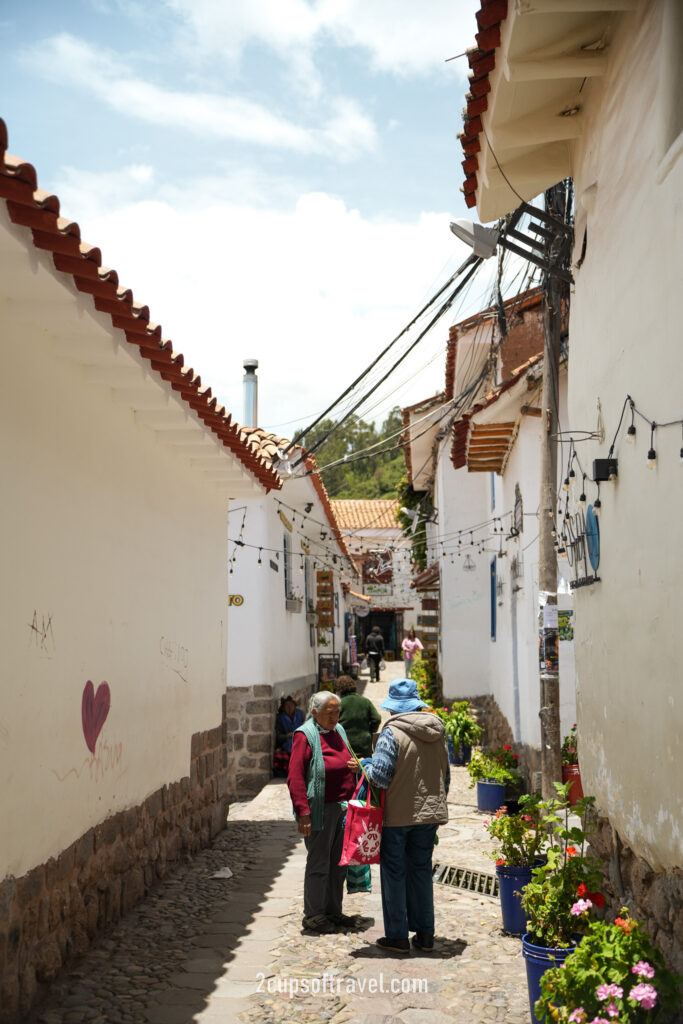
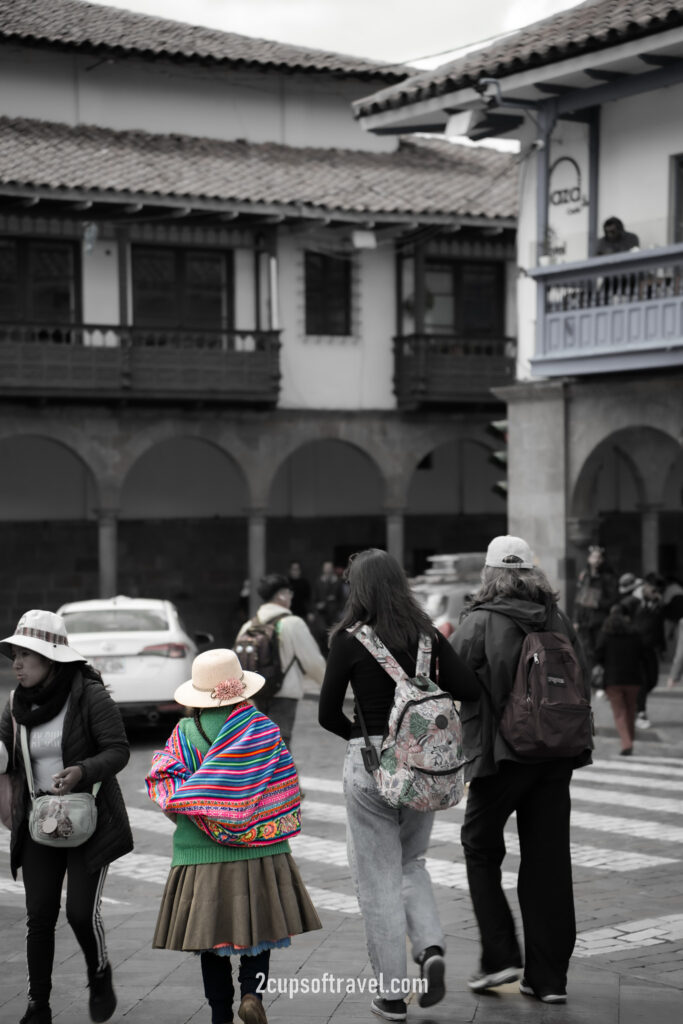
South America is a continent of contrasts
South America is spectacularly diverse. The continent has some of the world’s best mountain ranges, hikes and outdoor beauty. The bottom tip of Patagonia is filled with glaciers and arctic style wildlife. The northern parts of the continent has incredible tropical beaches and coastline. The centre of South America is filled with deserts, mountains, and tropical forests. The culture is diverse across the countries, and it is intoxicatingly interesting. Add in thriving cities filled with incredible cuisine, arts, bohemian areas and architecture. Plus there’s the amazing history that is woven through the entire continent. Add in hikes, surfing, tours, bucket list experiences, islands.. there’s so much to do and so much variance. Soak this up and look to enjoy the incredible contrasts that South America offers.
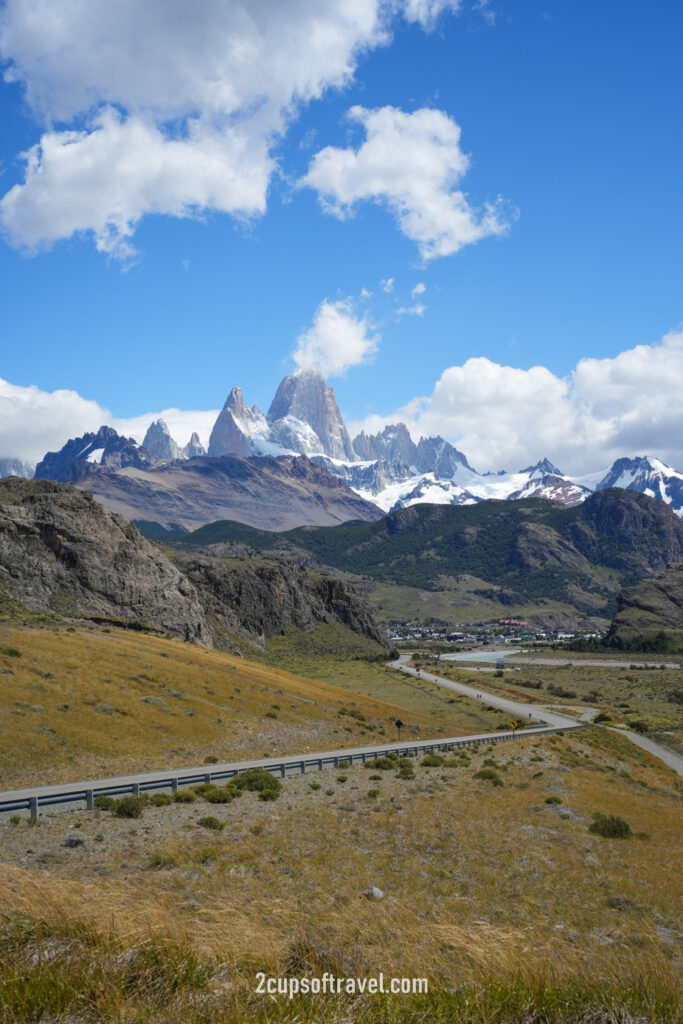
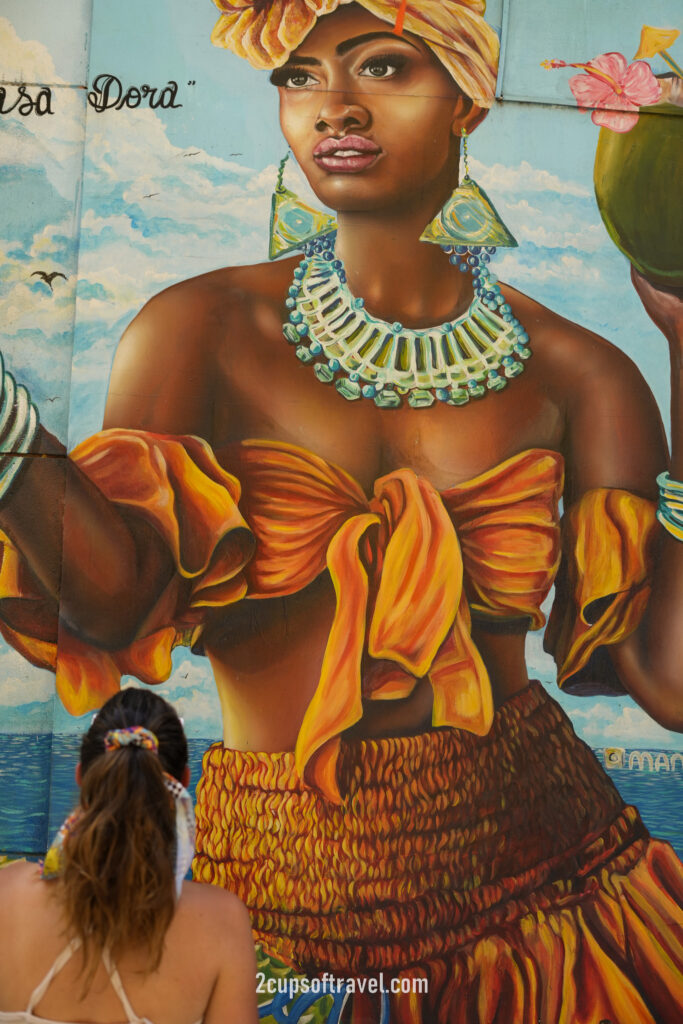
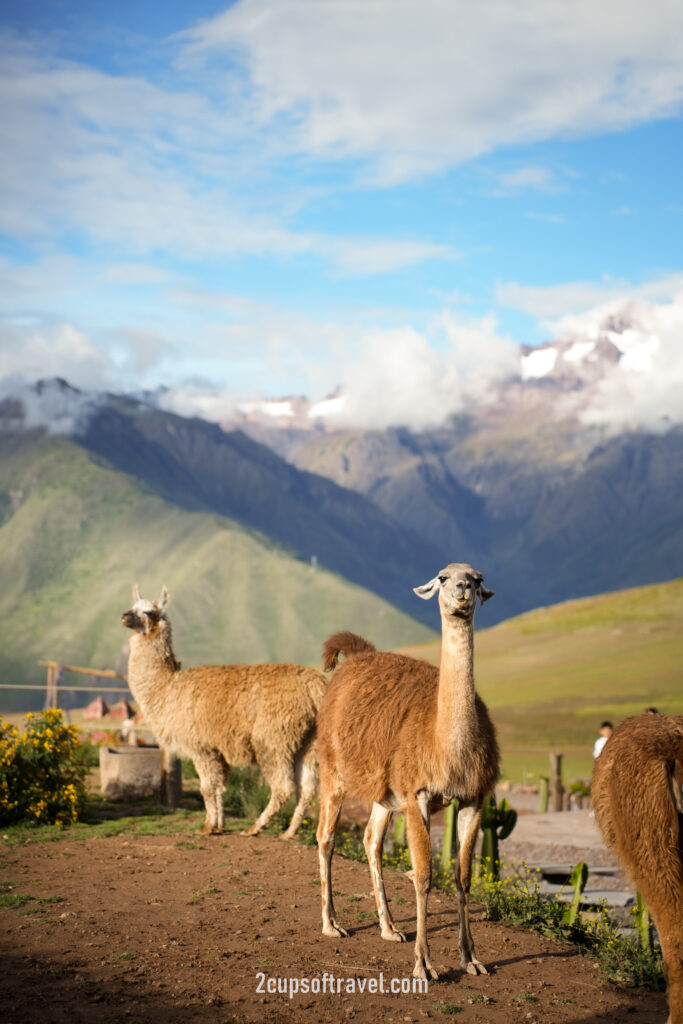
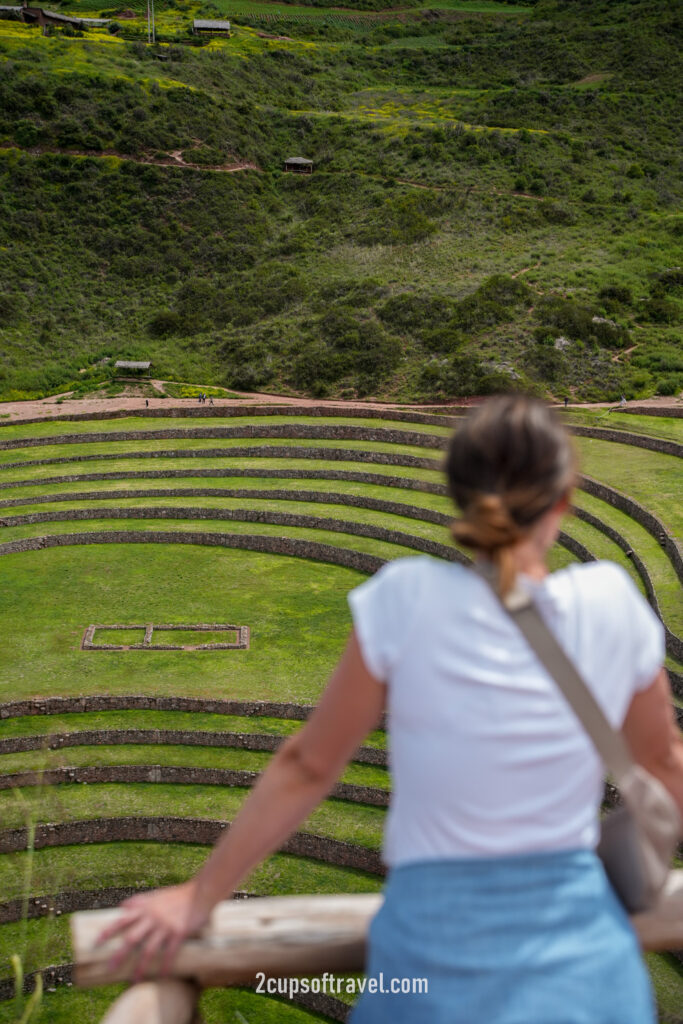
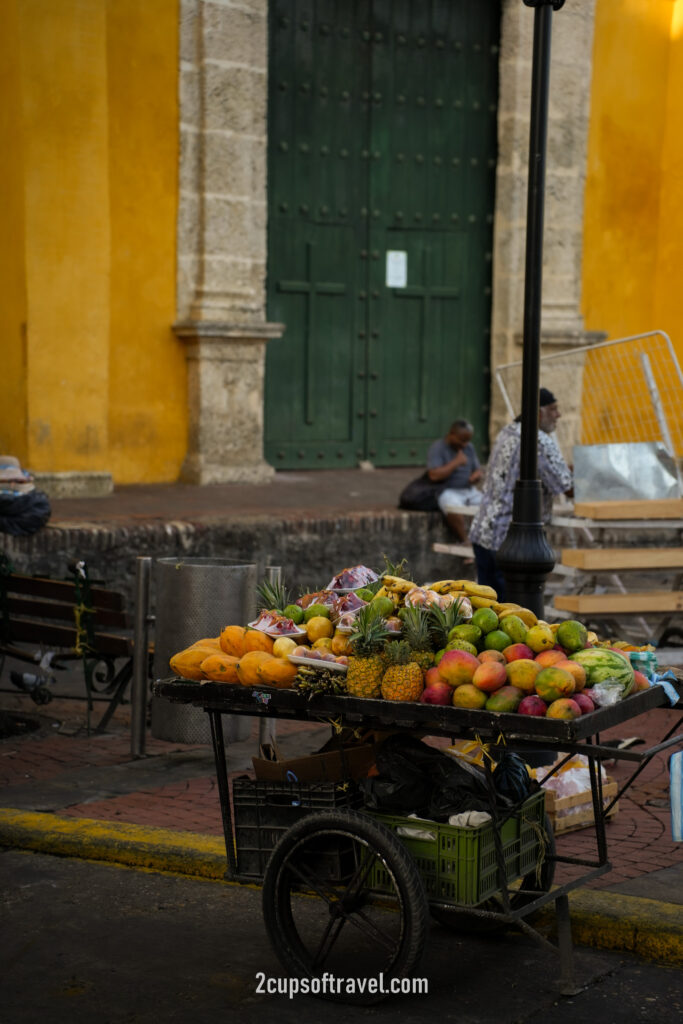
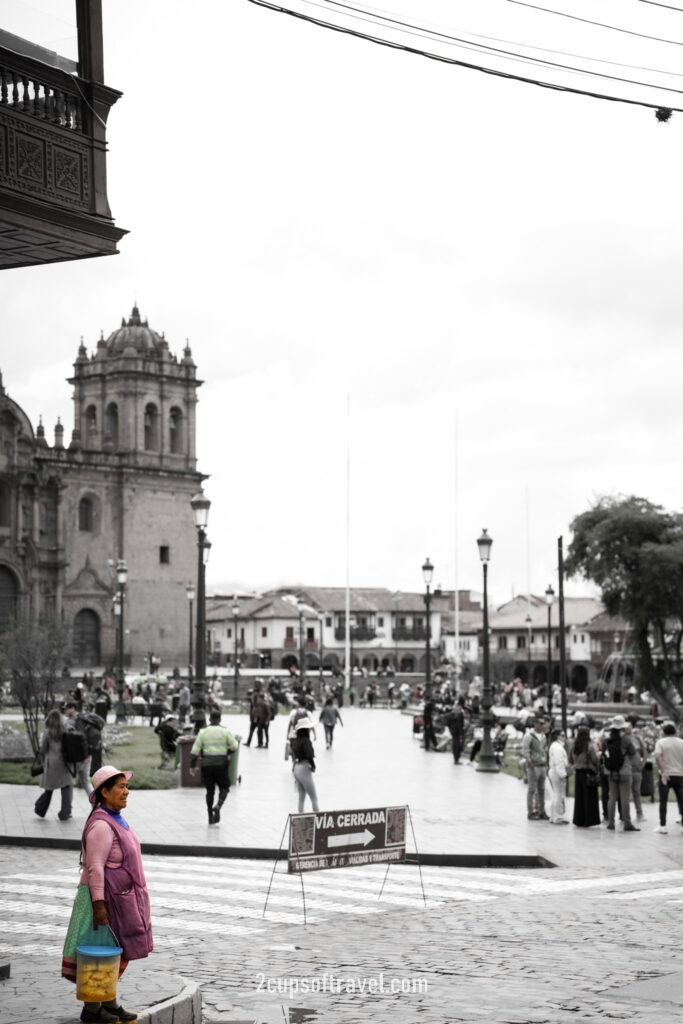
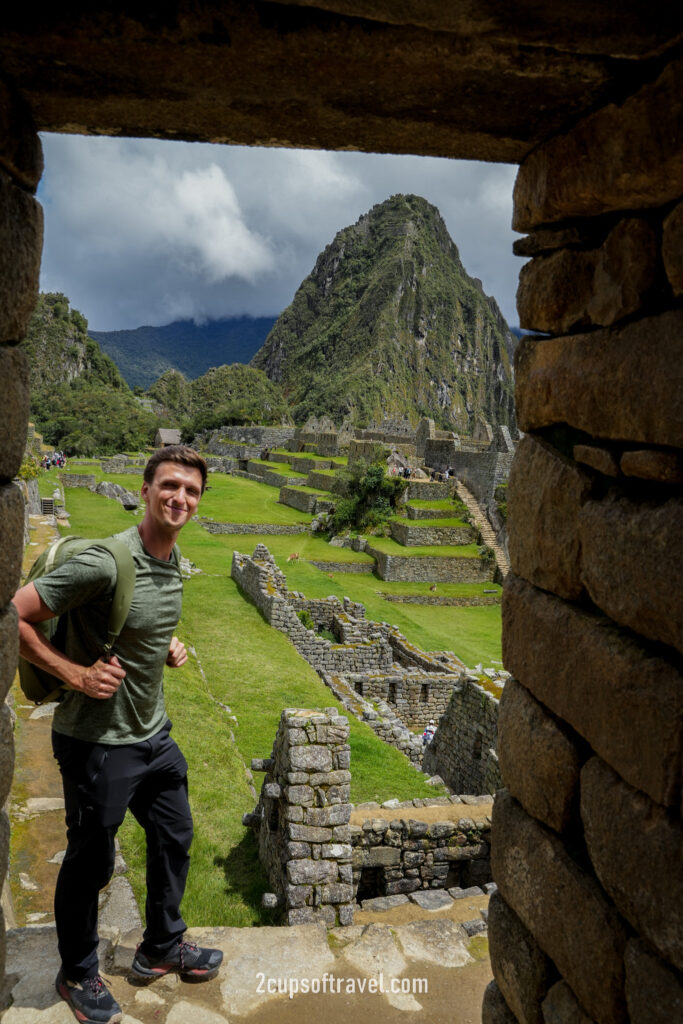
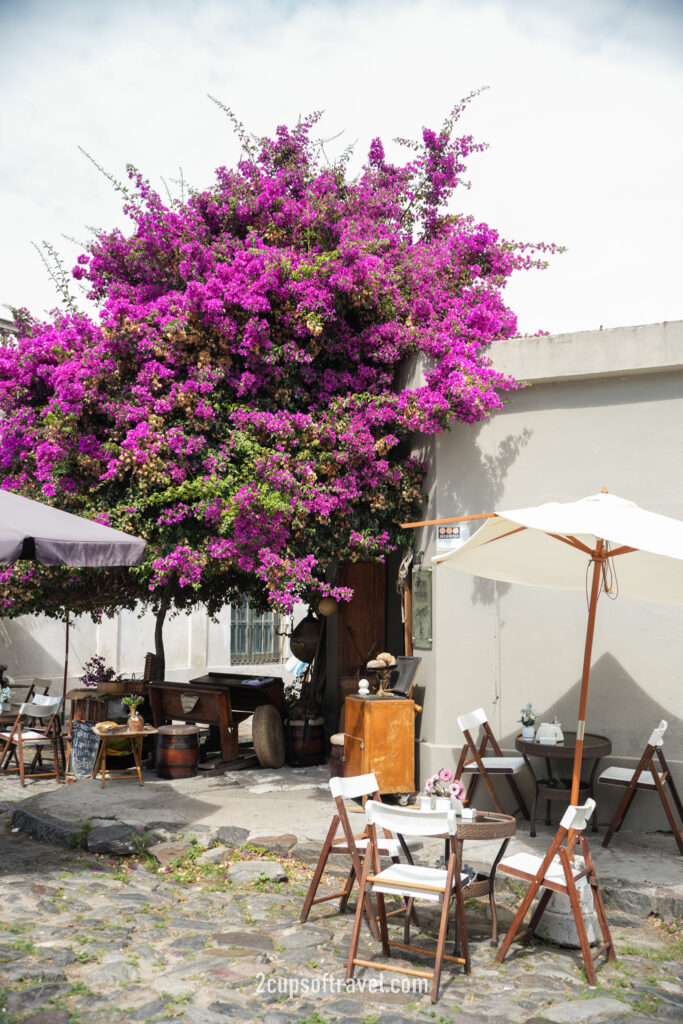
South America is budget friendly.. but inflation might affect that
South America as whole is definitely budget friendly. Compared to central and western Europe, Australia and America, South America is definitely more affordable. However, recent inflation has hit to continent hard, including locations like Argentina, where over 100% inflation year on year has blown prices up 2-3x higher than they were only a few years ago. There are definitely budget friendly options, especially for those wanting to backpack around, however don’t expect the ridiculously cheap prices you may have read about from the early 2000s or 2010s.
Tipping is common & often required in South America
The South American countries have adopted the American approach of tipping. This is common, and expected in pretty much all of the countries. Generally, 10-15% is commonplace for most places. We didn’t feel bad tipping during our visit, partially due to the level of inequality and low socioeconomic status of many locals, but also the standard of service was often excellent, provided with a smile! Keep this in mind when planning your bills/meals/tours to avoid a shock.
The South American food is excellent
We absolutely loved the food in South America! Tasty stews, delicious empanadas, incredible steaks, fresh produce, the best ceviche we’ve had.. there was a lot of great food to try! We highly recommend you embrace the local cuisine, try the varied food, and immerse yourself in one of the best parts about the continent. However, as with any country or destination that has varied health or hygiene standards, make sure you are vigilant to avoid food poisoning. Cooked food is generally safest. Try to limit the amount of food that has been washed in tap water (generally not safe to drink – see below), and be wary of food that has been sitting out in the sun for awhile. We didn’t get sick during out travels, and while we tried a lot, we didn’t eat much from the local markets/street vendors due to our concerns about hygiene standards.
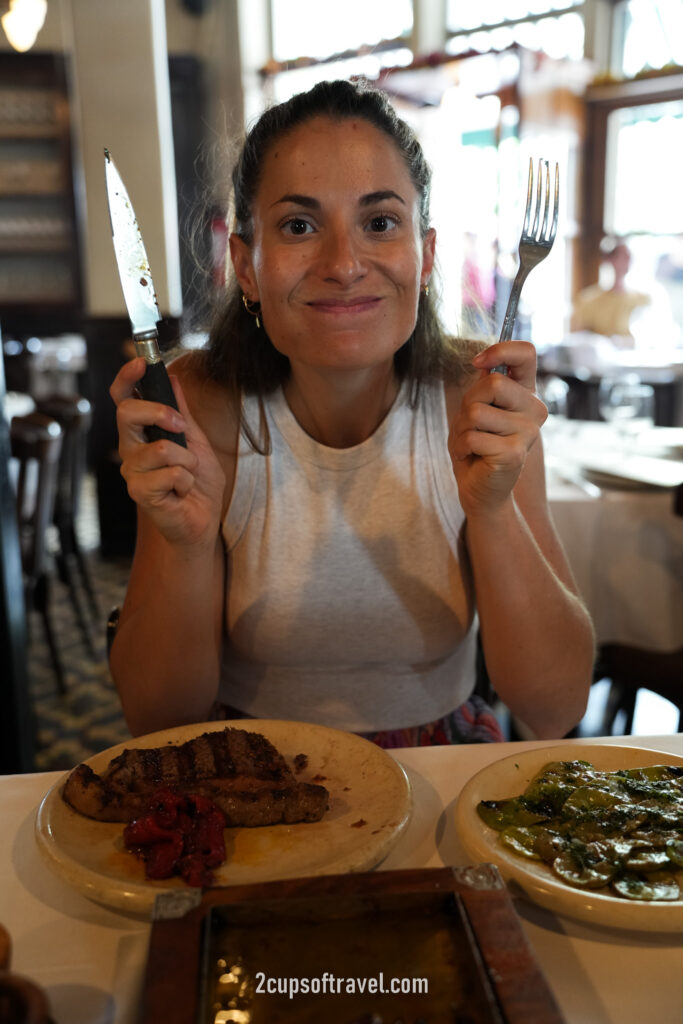
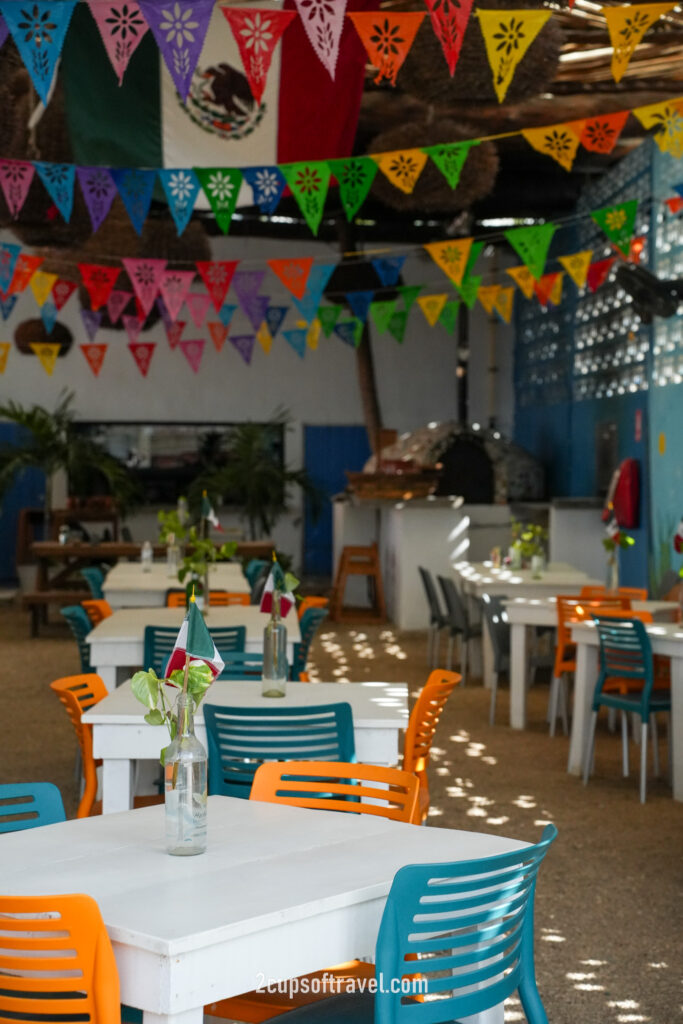
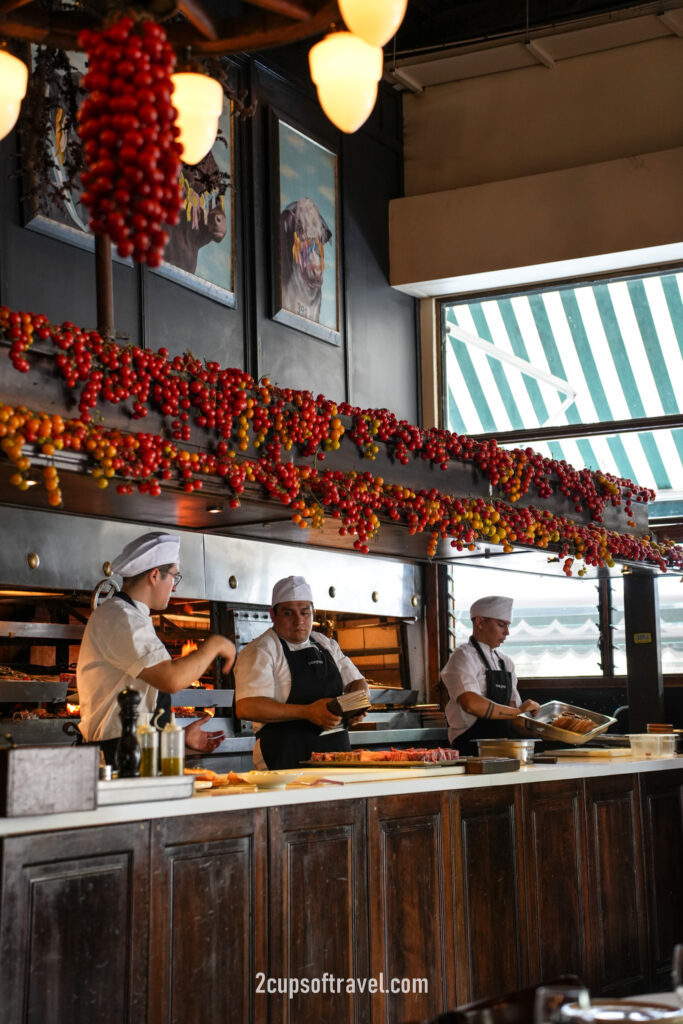
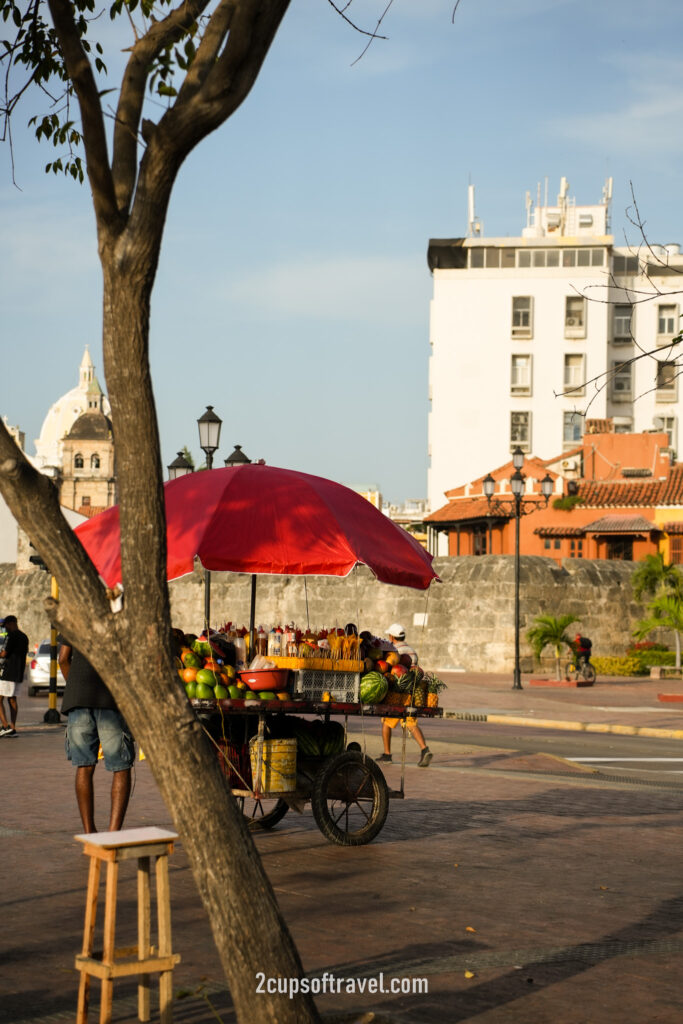
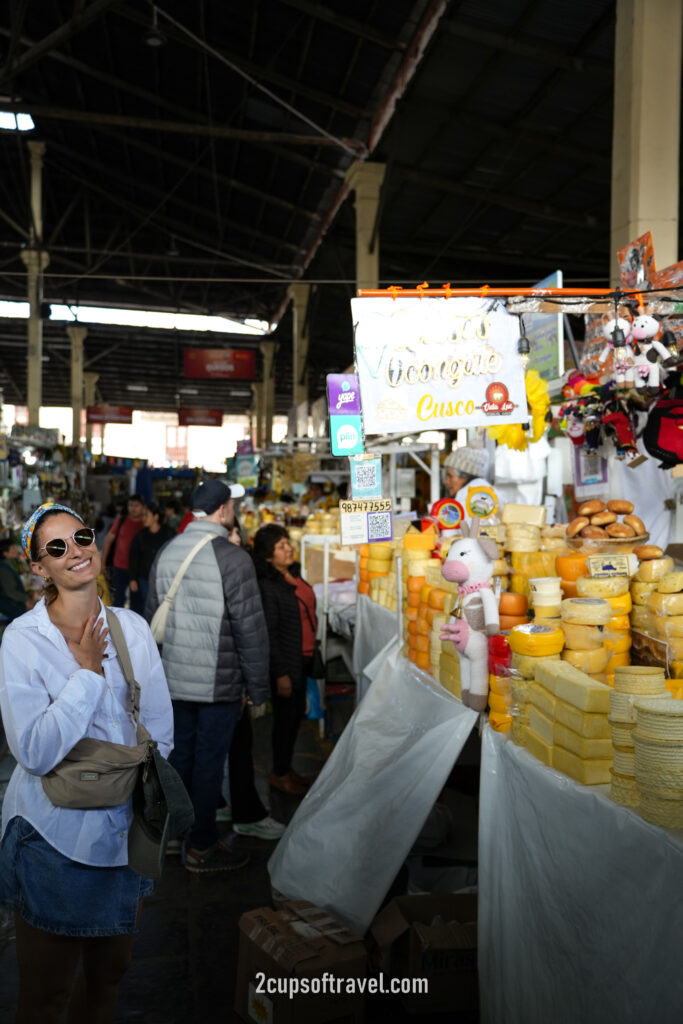
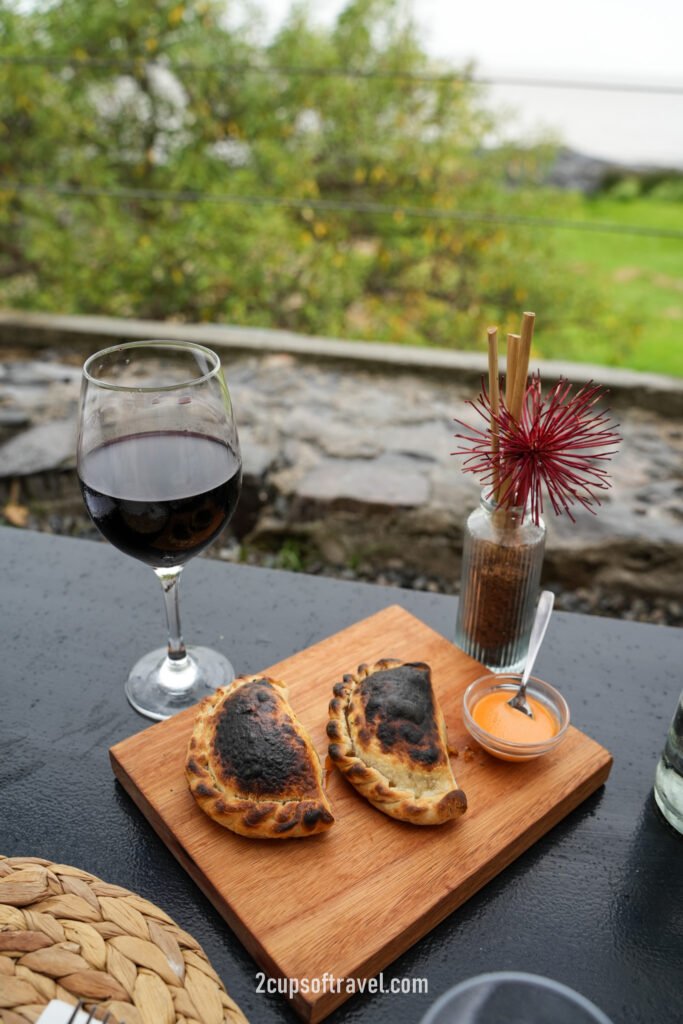
Don’t drink the tap water in South America
While some locations are reportedly “safe” to drink the tap water, many are definitely unsafe. Having had bad experiences in the past with drinking water quality, we opted to go for bottled or filtered water only. Generally, the cities and unsafe to drink the water, and have high levels of caution in South America as a whole. If unsure, buy bottled water or get filtered water from your accommodation if they have it!
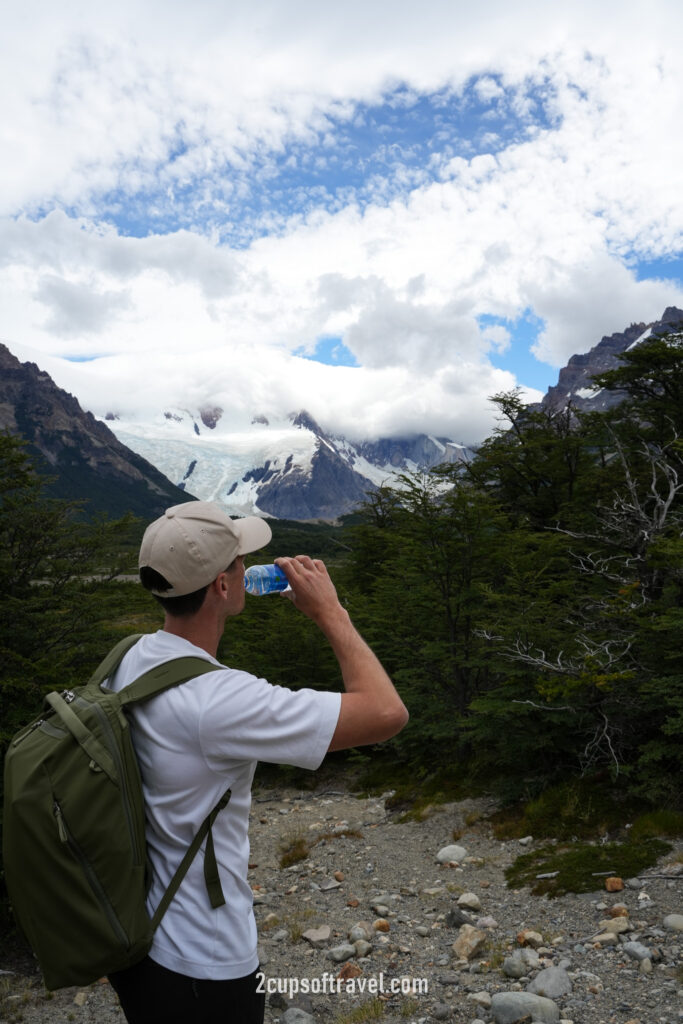
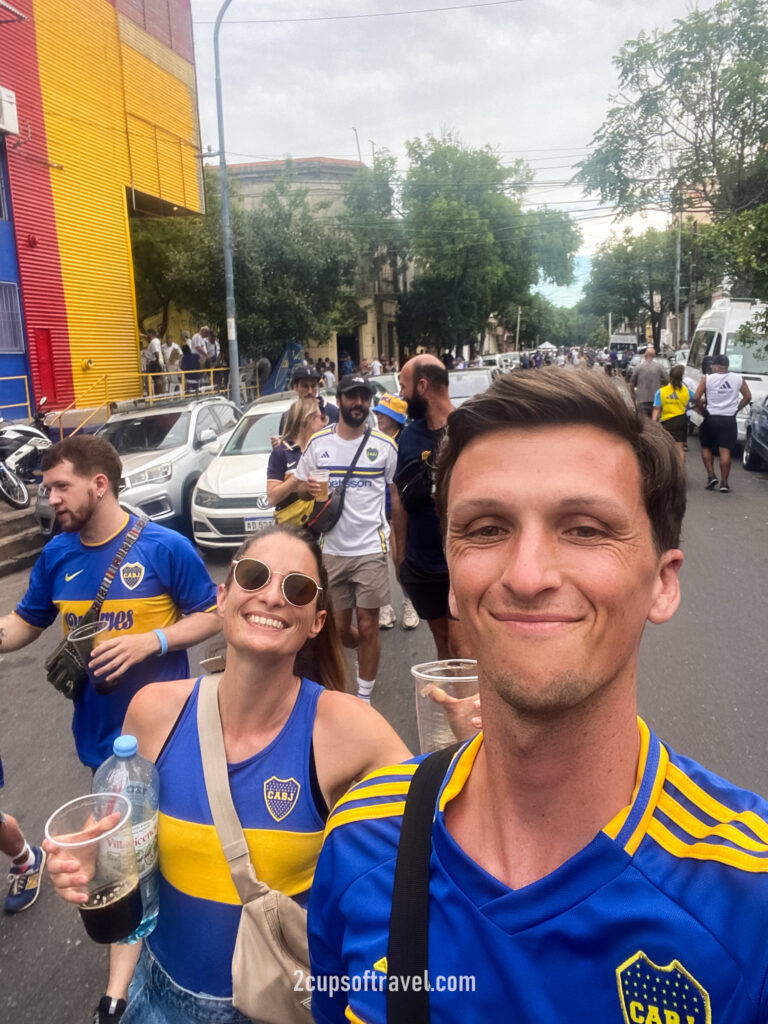
Football is life
The locals will live and breathe football! Not only is it the main sport in South America, it is basically a religion. We experiences this first hand when we visited the iconic La Bombonera for a Boca Juniors game (see our game experience here). The passions of the fans was intoxicating, and truly something you rarely see anywhere else in the world. Whenever you spoke to locals, or guides, football was a common topic and something they held very close to their heart. It’s part of the fabric of the locals in South America. If your trip aligns with the football seasons in South America, look to get along to a game.. we think it’s worth it!




Expect some chaos in South America
South America can be chaotic, and unfortunately, things don’t always run smoothly. Airports can be chaotic (see our experience at Bogota here), tours can be delayed, weather is often varied, internet might not work, opening hours are subject to change, and sometimes ‘rules don’t apply’. Head on your trip expecting a little chaos, and even embracing this as part of the ‘authentic experience’.
Many of the South American countries don’t like each other
Like many part of the world, there are historical and current issues or reasons pertaining to why certain countries don’t see eye to eye. We hadn’t anticipated the degree to which some of these countries don’t particularly like each other, including Argentina and Peru, or Argentina and Chile etc. While this doesn’t likely change your travel plans, it can be useful to understand the tensions between many of the countries in the continent.
Not all of the South American countries are progressive
While this may not apply to everyone, some travelers want to know about how progressive (or not) countries might be prior to visiting. Firstly, South America is highly religious, and secondly, many of the countries have relatively conservative or right-leaning leaders. This has led to a “look the other way” culture in many countries regarding progressive rights and issues. However, you will still find bohemian and progressive pockets of these countries, especially in bigger cities. For those interest, it is probably worth investigating further before arriving or visiting destinations.
Visa / entry requirements vary per country
While the visa requirements will vary depending on your nationality and passport, be aware than different countries will have varied policies or rules. As Australians, our passport allowed us into most of the countries, however we did need to consider a few visas and rules:
- Chile – we needed to obtain a visa prior to arrival. This appears to be a requirement for all visitors, even if just a short stay (like ours)
- Colombia & Peru – we didn’t need a visa, however we did need evidence of an onward flight leaving the country.
We highly encourage you to make sure to check beforehand on your government/country website (e.g. Smart Traveler) to ensure you are aware of the entry/exit requirements for your planned destinations.
Cash is still king in South America
Many countries around the world have gone ‘cashless’, however in South America, cash is still very much a preferred method of payment. Additionally, some markets, locals and areas only accepted cash. We highly recommend having at least some cash on you for your South America travels, particularly if you are outside of the big cities.
Coffee/Cafe culture is excellent in big South American cities
We tried some truly exceptional coffee in South America! The cafe culture was booming, with cities like Buenos Aires and Cusco having incredible coffee. We were also thrilled to be able to find good cafes in every one of our destinations. With close proximity to coffee growers and roasters, be prepared for some excellent roasts and brews on your trip to South America!


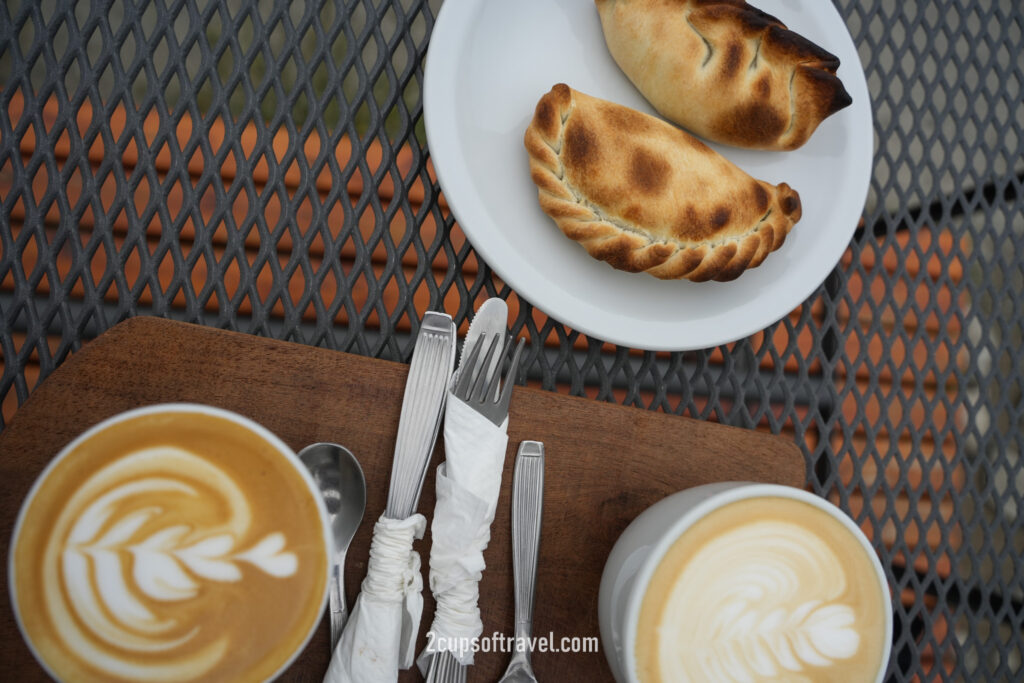
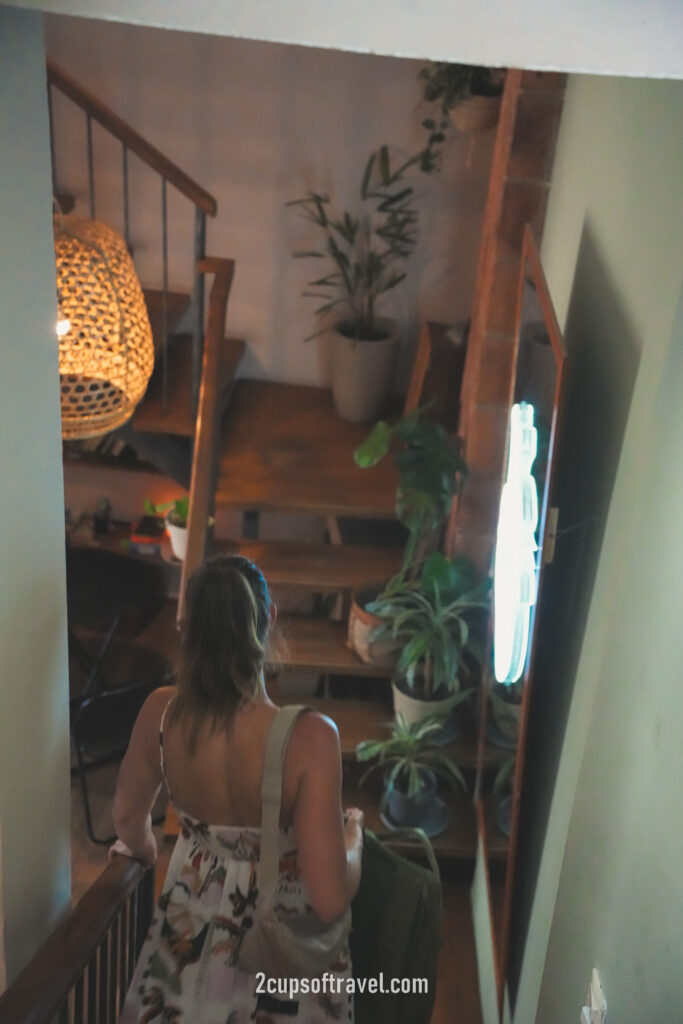
Seasons change depending on the region
This was something we didn’t particularly expect until we started researching for our trip. Due to the huge expanse of South America as a continent, the north or south of the country will often vary depending on the time of year. For example, in Dec-Feb Argentina is in summer and this is ‘peak season’. In particular, this time of year is excellent for hiking and visiting the southern region of Patagonia. Contrastingly, in Jan-Feb this is the middle of Peru’s ‘wet season’, where many of the hiking trails are closed, and weather can be variable. This is particularly relevant for those wanting to hike Machu Picchu, with the iconic trail closed in February due to the weather and for maintenance (you can still access the ruins, just not the 2-4 day treks). We urge you to research in advance prior to visiting your destination, particularly to determine what the weather is for the varies regions at the time of year.
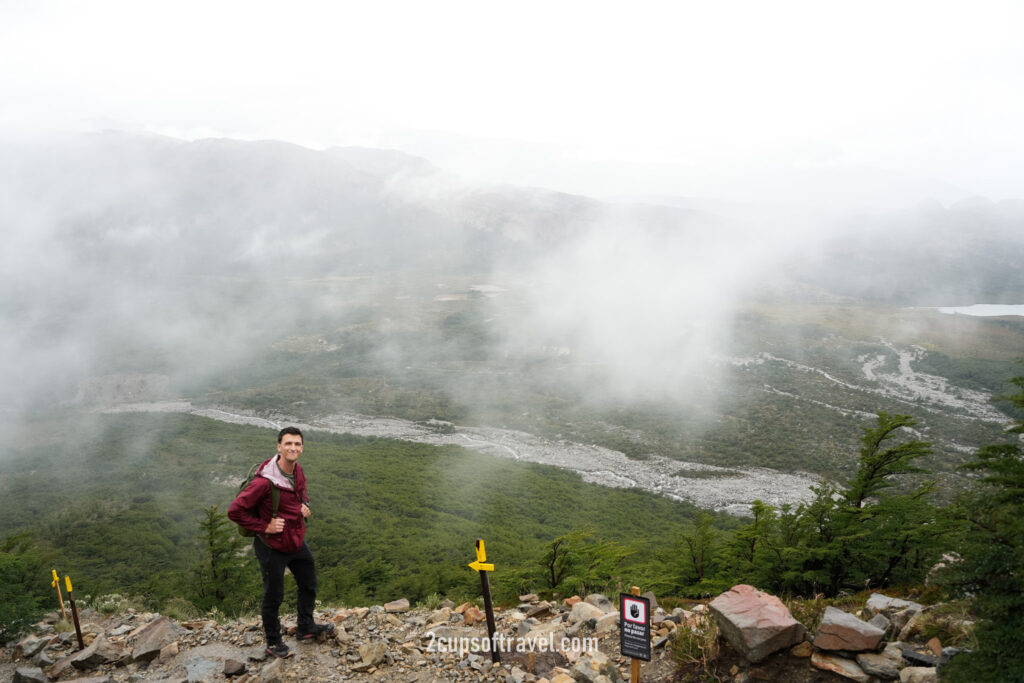
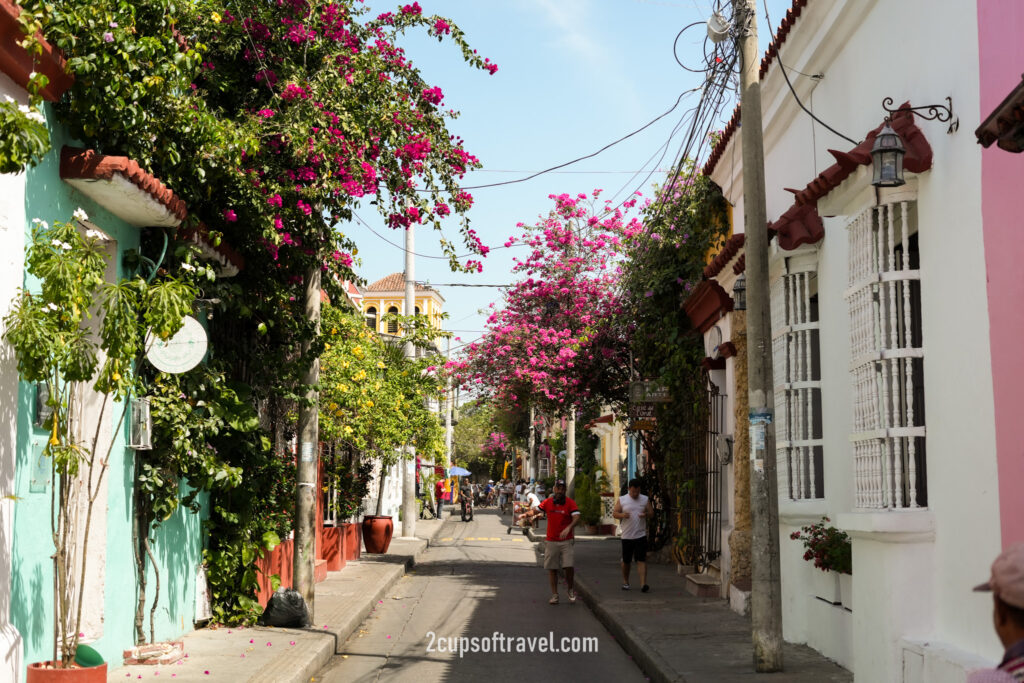
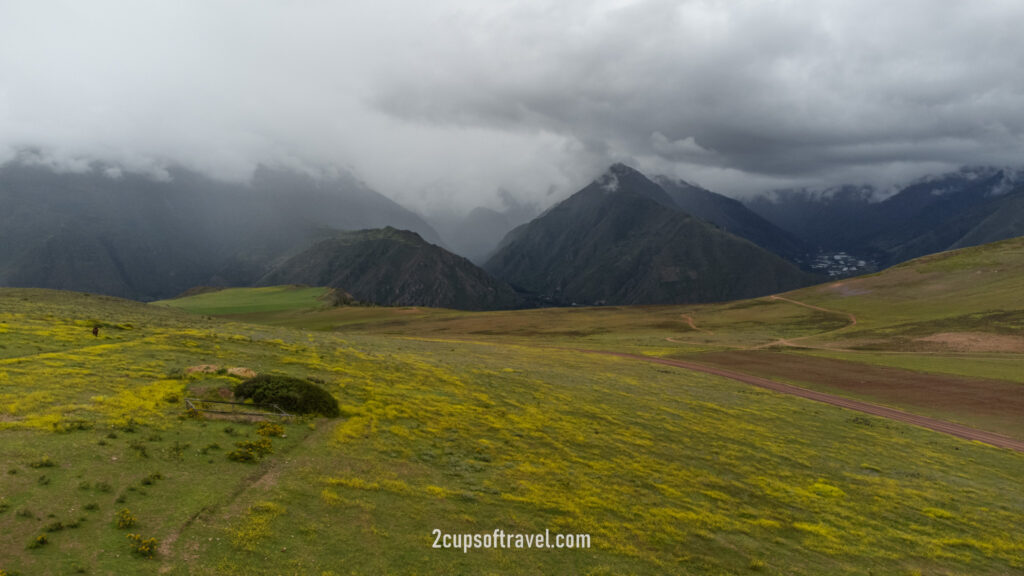
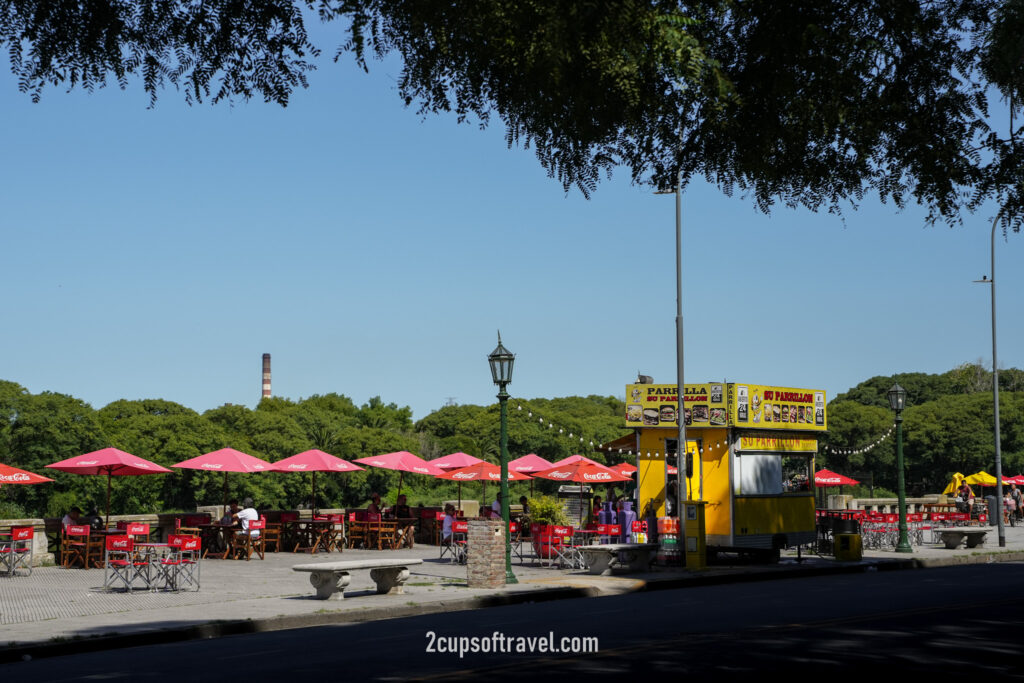
The history in South America is fascinating and complex
The varied history in South America was enthralling. With a history involving multiple occupations, a variety of different indigenous tribes, varies religious and cultural beliefs.. there’s so much to see and know. Countries like Peru have some of the ‘jewels’ of South America’s historical crown, including the iconic Machu Picchu and sacred valley. When visiting South America, we strongly encourage you to immerse yourself in some of the fascinating history which varies significantly depending on the region or country you visit.
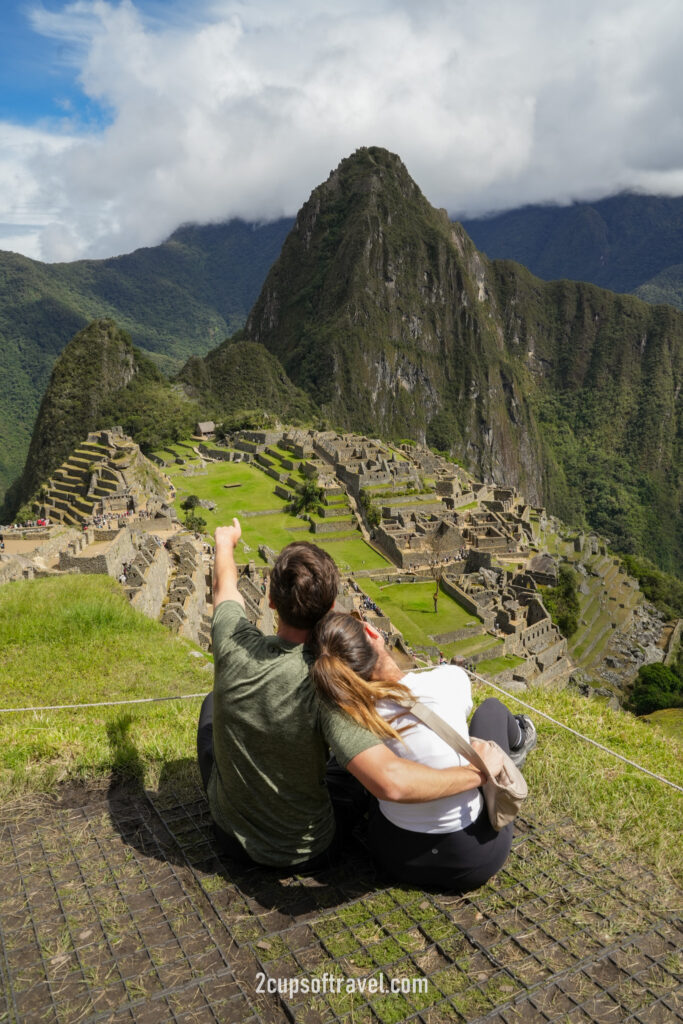

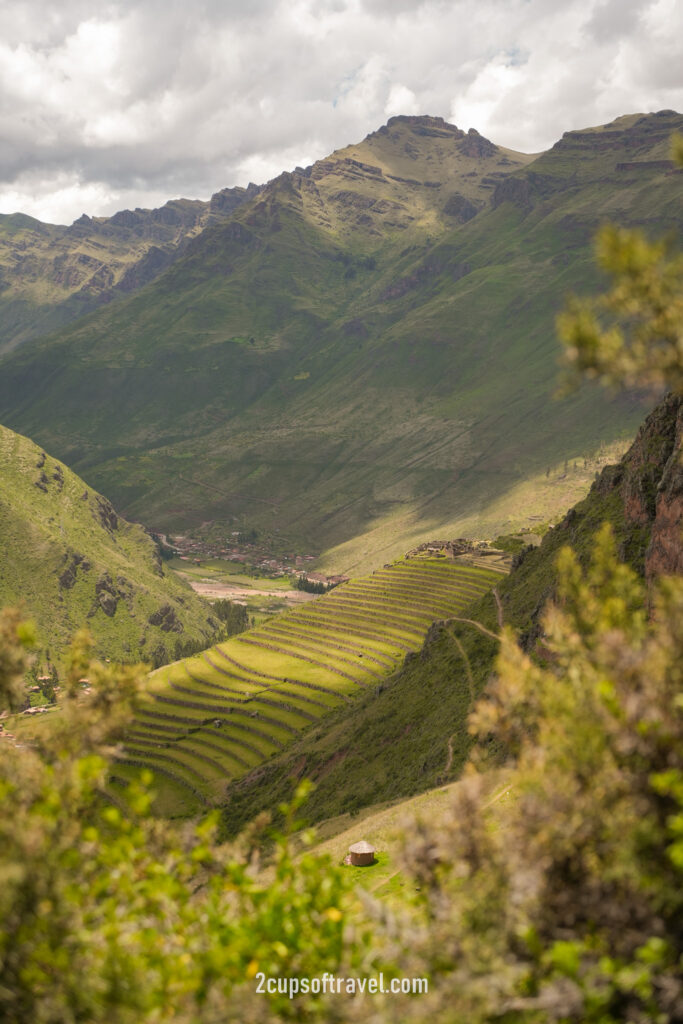
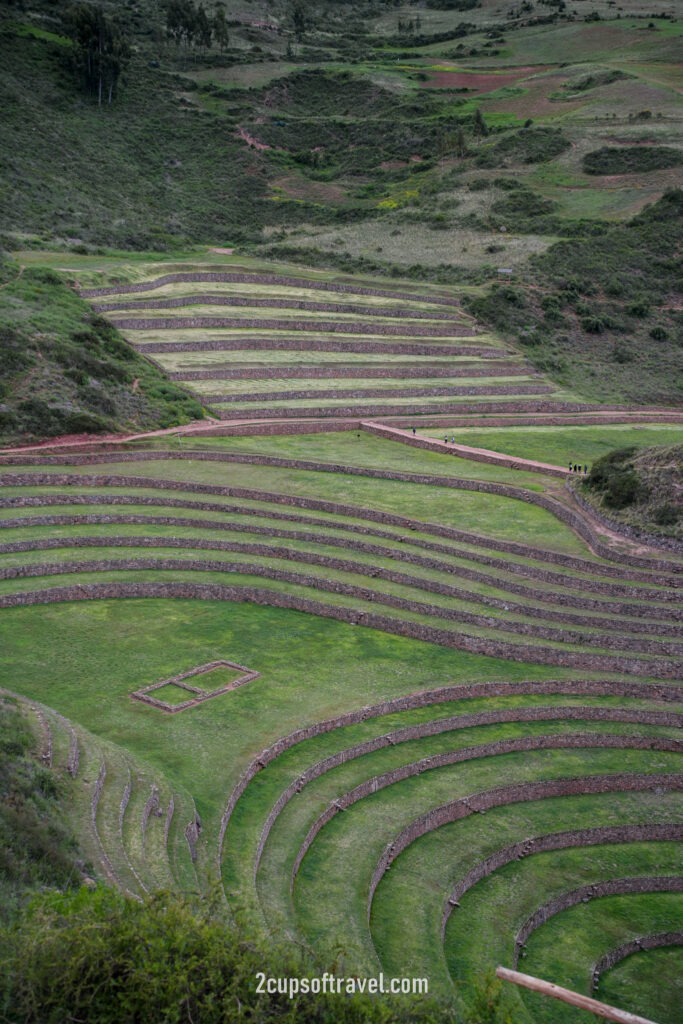
The natural beauty is spectacular
South America is bursting with incredible natural beauty. Due to the soaring Andes mountains splitting the continent, there are spectacular views and vistas. The varied landscapes from deserts to lush rainforest provide amazing natural landscapes. Be prepared to enjoy the spectacular beauty, including bucket list gems like the Perito Moreno Glacier.
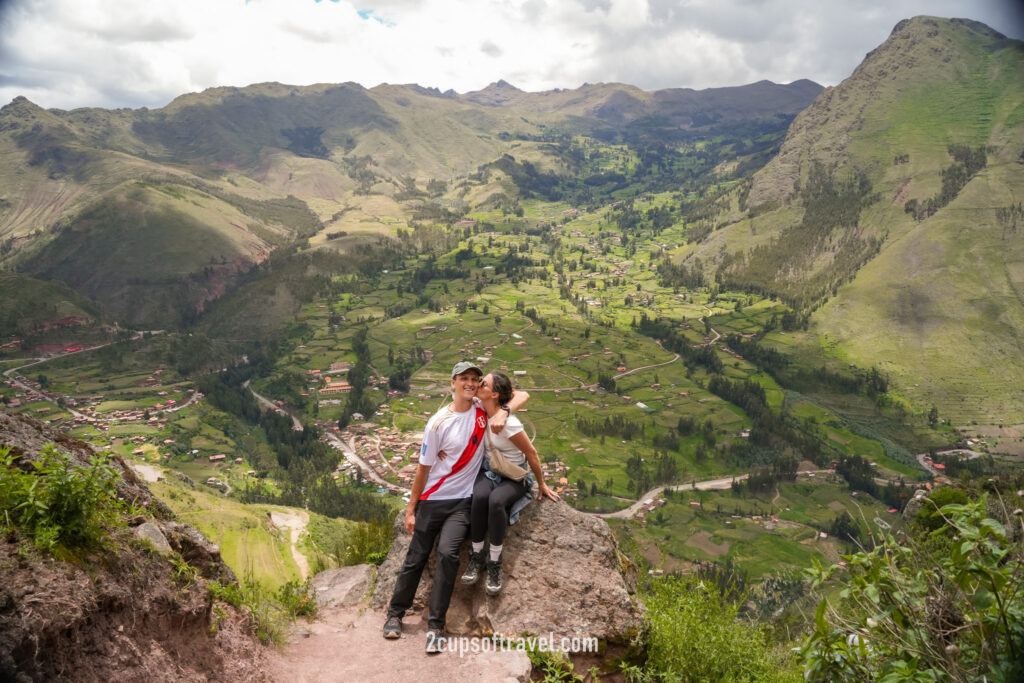
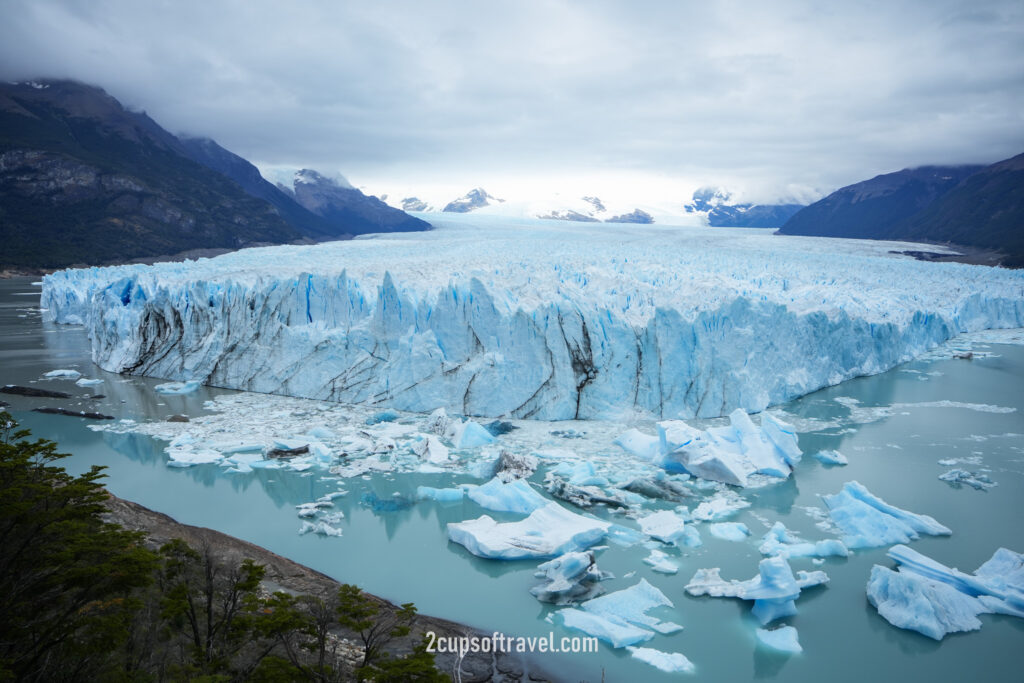
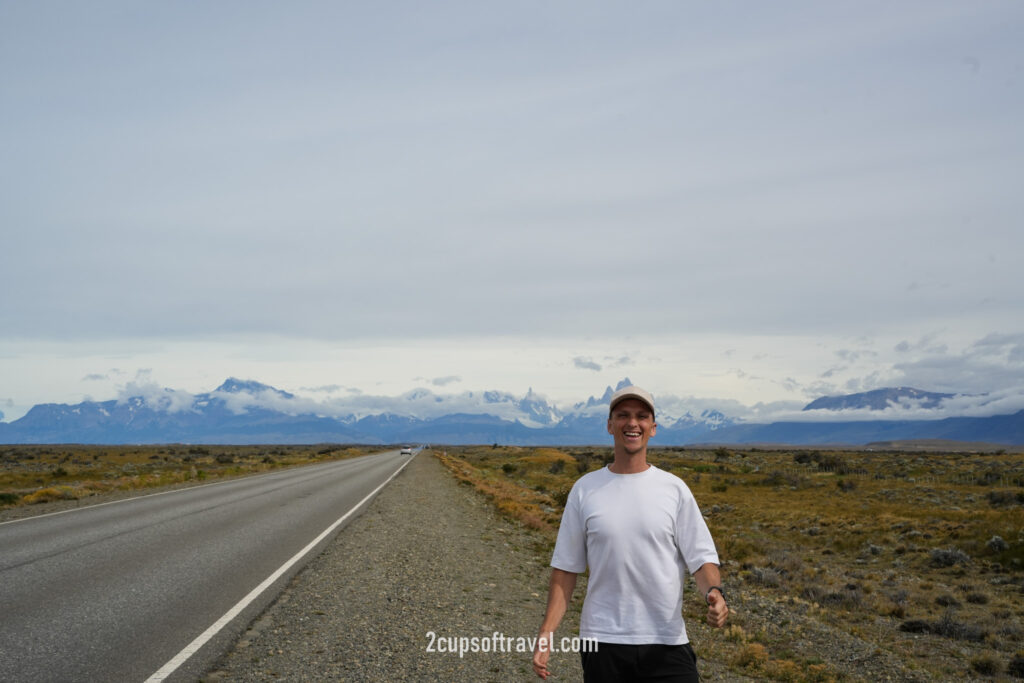
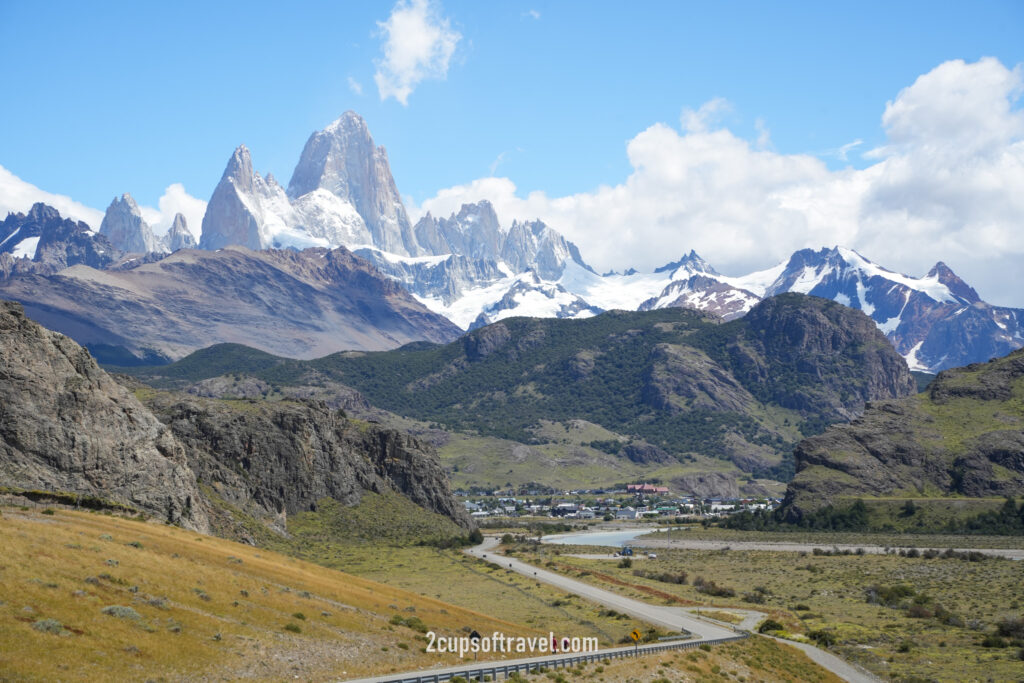
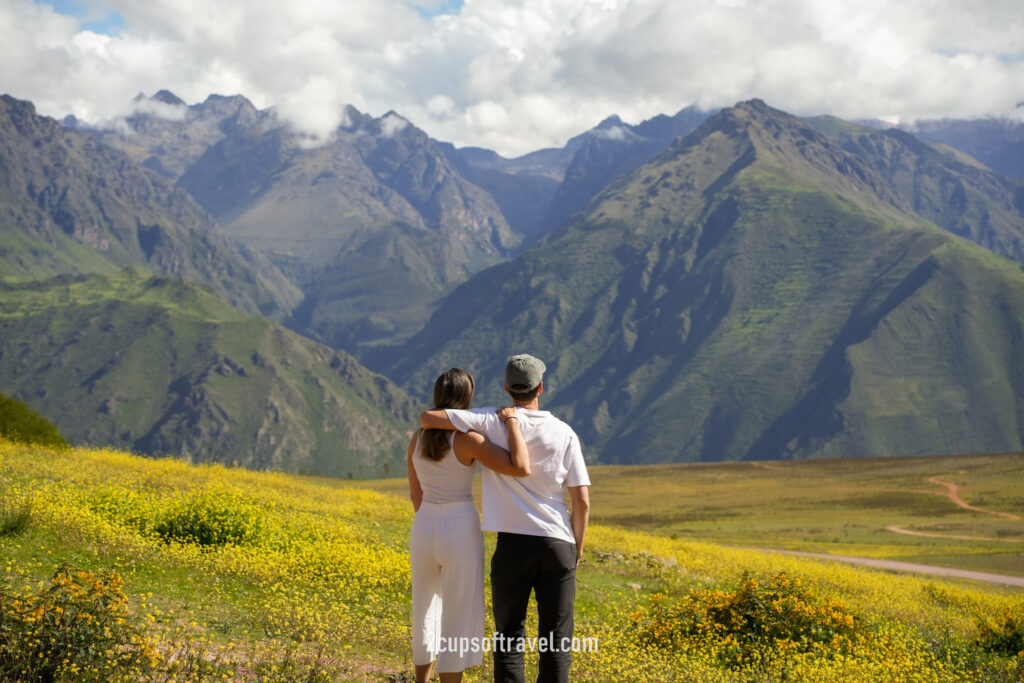
Consider your travel vaccinations – especially if visiting certain areas
We know everyone has a little ‘vaccine fatigue’ these days, however when it comes to travelling to South America, there’s some important considerations! We aren’t professing to be travel medicine doctors, however we strongly encourage those looking to visit South America to have a consultation with their GP. For example, in Australia, if you visit South America without a yellow fever vaccination, you may not be allowed to enter back into the country (it is a requirement checked at the border on arrival). Other vaccinations like rabies, malaria, hepatitis, typhoid etc are all relevant. Definitely better to prepare beforehand!
A little bit of Spanish gets you a long way
Sadly, we don’t speak a lot of Spanish. Ky can order some tacos and beers (thanks to a few weeks in Mexico 10 years ago) and Tessa can ‘loosely understand’ some due to her knowledge in French and Italian. This limited knowledge didn’t really help us, particularly in some destinations where no English was spoken. Unlike most part of Europe where English is plentiful and well spoken, in South America English is definitely second language and not commonplace. A little bit of Spanish will get you a long way, especially if trying to barter with the locals or visiting destinations off the tourist path.
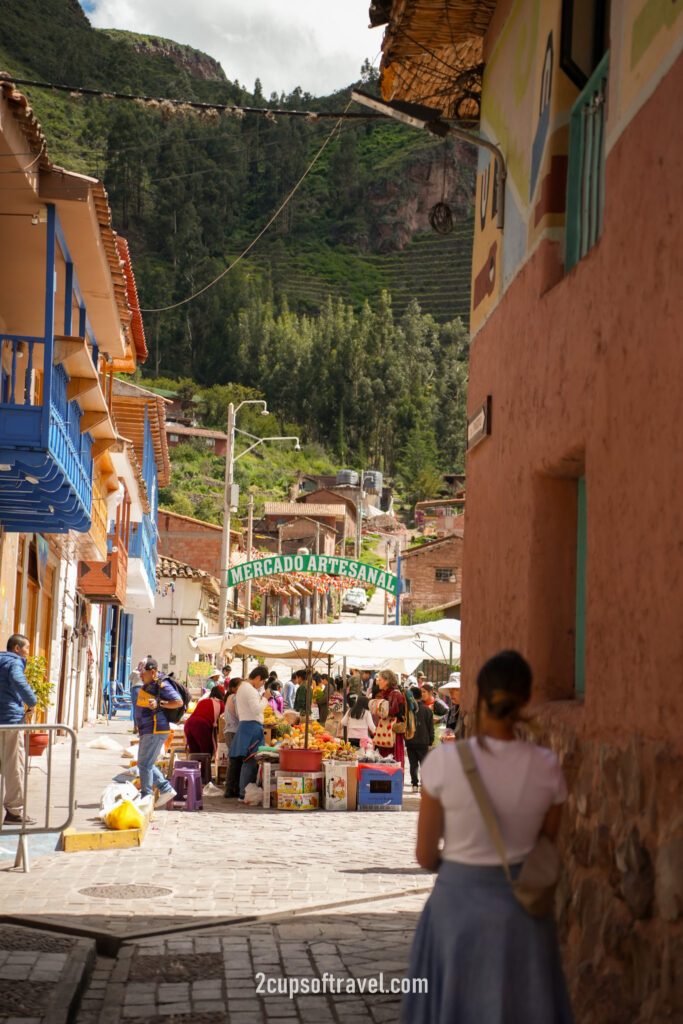

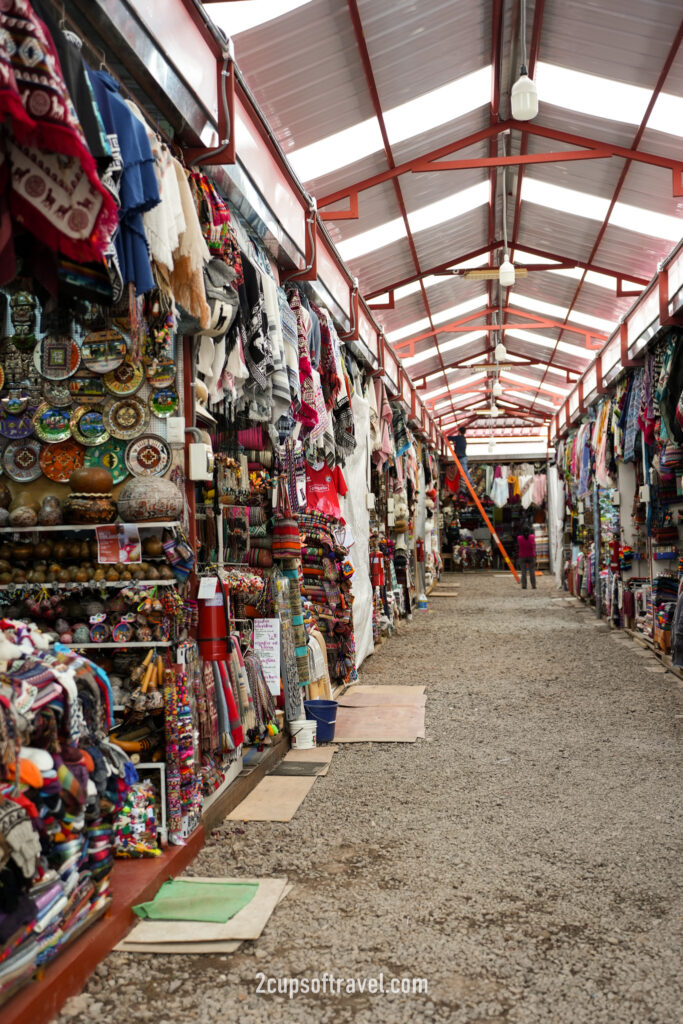
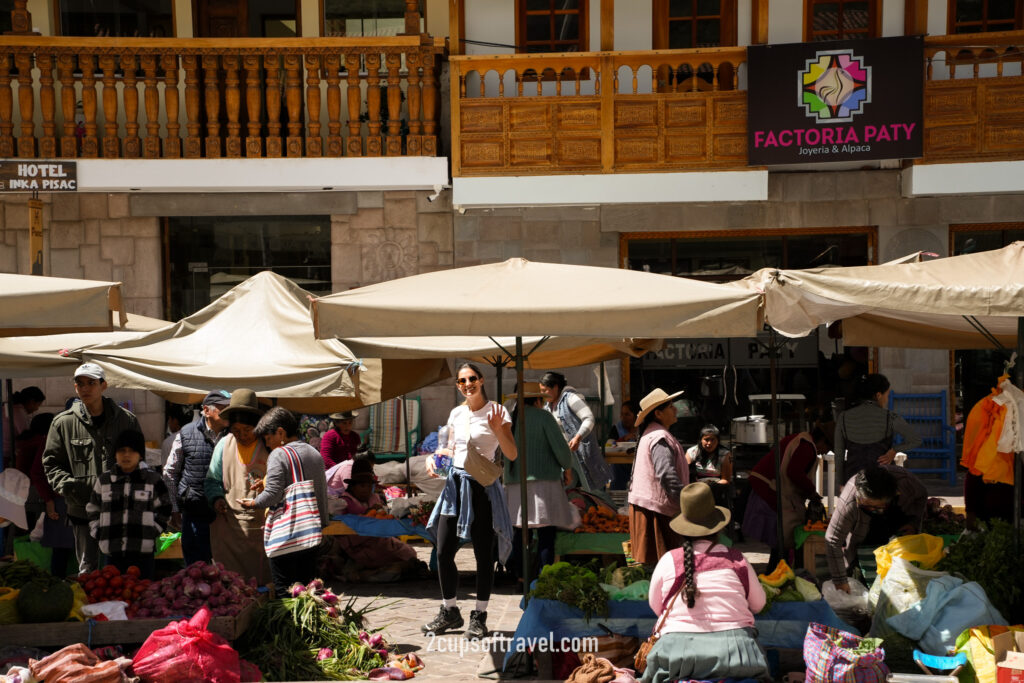
Be aware of common “scams”
Like many countries where tourists frequent, scams can be common. A little bit of awareness can definitely save you some money, and save you from falling for these common tricks. A few of the common scams in South America that we encountered include:
- Adding extra item to bill: We would often get our receipt to find there was an ‘extra’ item added to the bill. While it may have happened by accident, due to the regular nature of it, and the sheepish response when we quizzed about it, we suspect it’s not an uncommon scam attempting to catch people off guard or hoping people won’t check.
- Giving “free” things then asking for payment: Another classic scam in South America is where a local will ‘give’ you a free item (e.g. bracelet, flowers), before then asking you for payment for the item. They will typically refuse to take the item back and demand you pay them for the item. A safe bet is to just refuse the ‘free’ item.
- Offering a photo then asking for payment: There are many locals which will dress up in ‘traditional’ costumes, or have cute animals like llamas. They will approach you to offer a free photo. However, after taking the photo they will then demand you pay them a tip. If you do want a photo, just be prepared to pay a tip for the service.
- Tours taking you to “their mate” for kickbacks: Like many tours around the world, they often have ‘engineered’ the tour to pass by their ‘mates place’ for lunch or to check out their shops. The tour operator or tour guide will likely receive a kickback from the business they take you, especially if you buy something. While this practice isn’t always bad, however the businesses you get taken for these kickbacks are usually very touristy and often not the best or most authentic experiences. If you are keen to avoid this on private tours, make sure you research in advance about where you want to visit or the places you want to see for lunch and let you guide know.
- Offering you directions if you look lost.. then ask for money: If you are looking a little bit lost, or unsure of your next stop, you may find ‘friendly locals’ approach you asking if you need directions. They may help point you towards the right location, however after helping you, they will often then ask you for a tip or payment. Keep this in mind.
- Fake taxi/transport: Like many countries, locals will attempt to pretend they are a taxi or uber. Generally, this is harmless and they just want some business, however, this can be quite dangerous. These are unregulated, and you have no way of knowing if they are actually going to transport you to your destination, or if they are going to take you down a side street and rob you at gunpoint. It’s a safe principle to never get into a taxi that isn’t market or a car that isn’t the uber ordered.
- Fake rapper scam: In certain countries, particularly in Colombia, we found that locals would play music and improvise a rap about someone to them in the street. While some of these rappers where actually pretty good, and it could be quite funny to witness, after they finished, they would demand money, and would often get aggressive if you didn’t pay them. We would regularly see these rappers follow people down the street continuing to demand money. It is definitely easier to just ‘avoid’ the situation and turn then down or walk away if they attempt to approach you for their performance.
Many of the politicians are unpopular and corruption is common
Just be aware that politics in South America can be a volatile conversation, with strong view points, and many of the leaders being very unpopular. Due to inequality, poor standard of living, inflation and cost of living, many locals are unhappy and protests are common. Leaders are subject to public criticism, and are often unpopular.
You’re not likely to “see it all” of South America unless you do 6-12 months
South America is an enormous continent with so many amazing countries and a plethora of places to visit. To ‘see all of South America’ we estimate you would need at lest 6-12 months. In 1-2 months you can definitely get a wonder taste of the continent and sample a few key sights, but don’t expect to be able to see everything. Due to the aforementioned difficulties getting around, it is hard to ‘country hop’, and moving between cities and countries can definitely be time consuming.
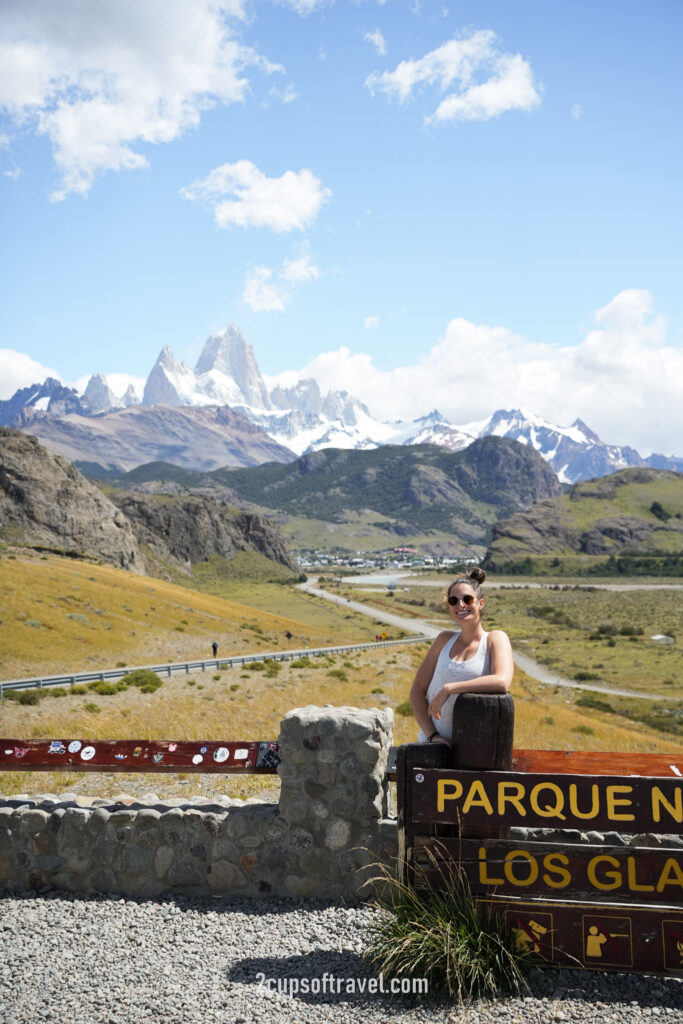
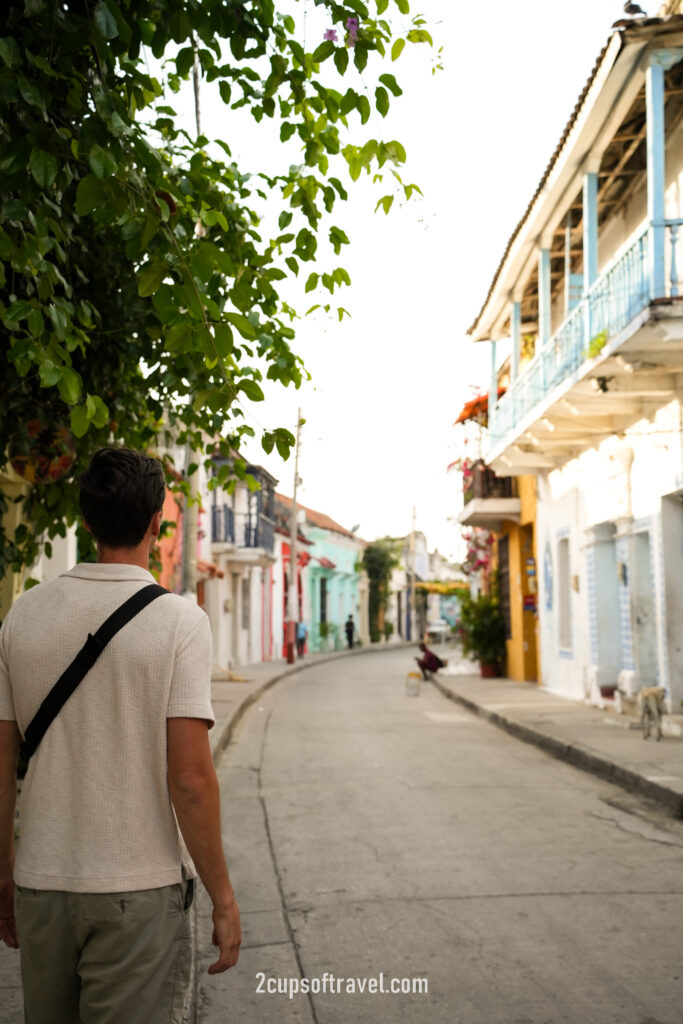
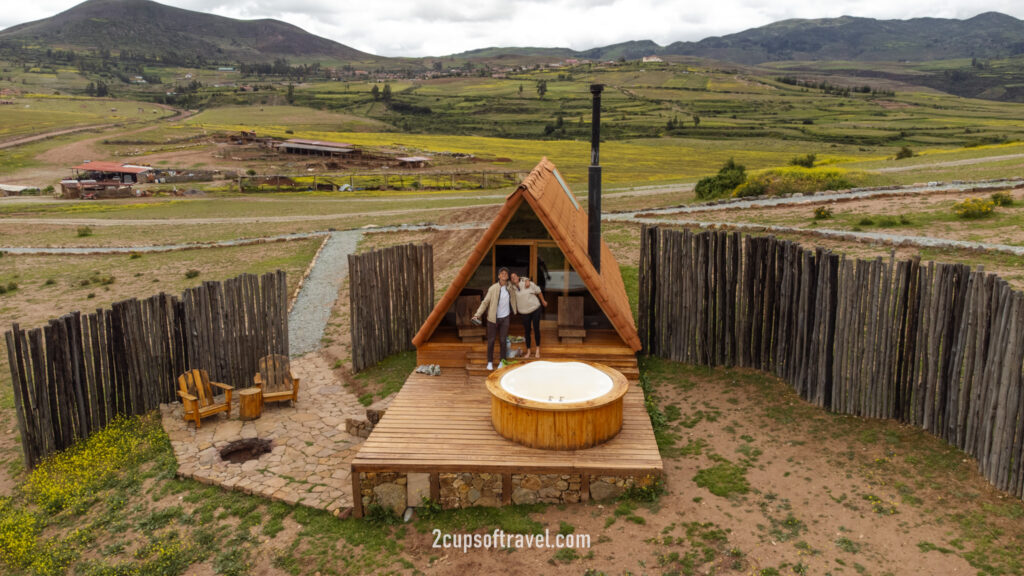
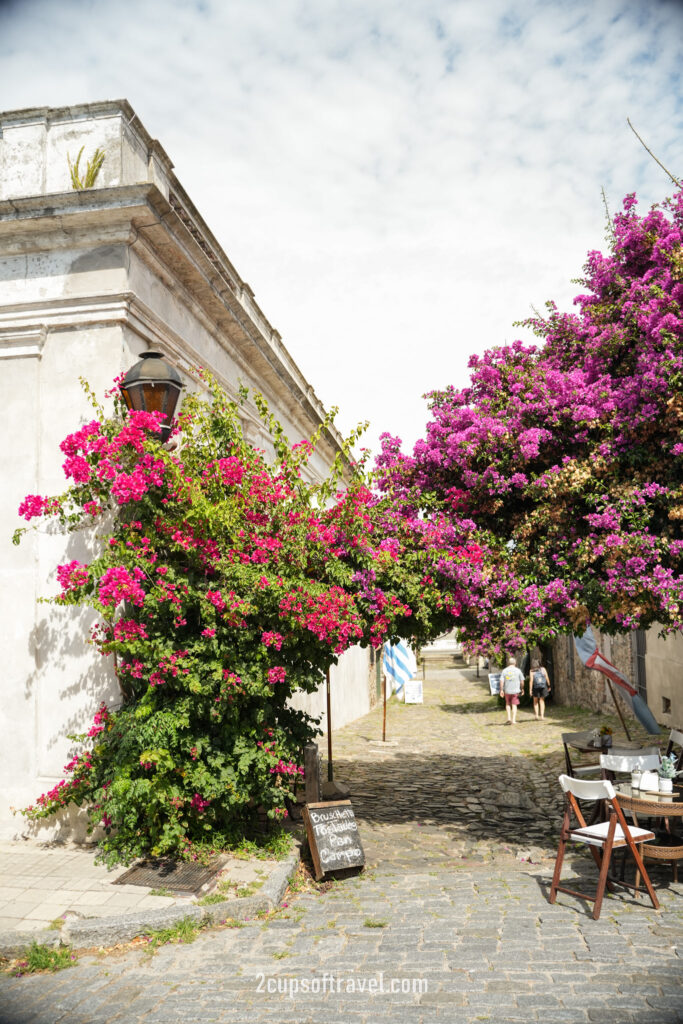
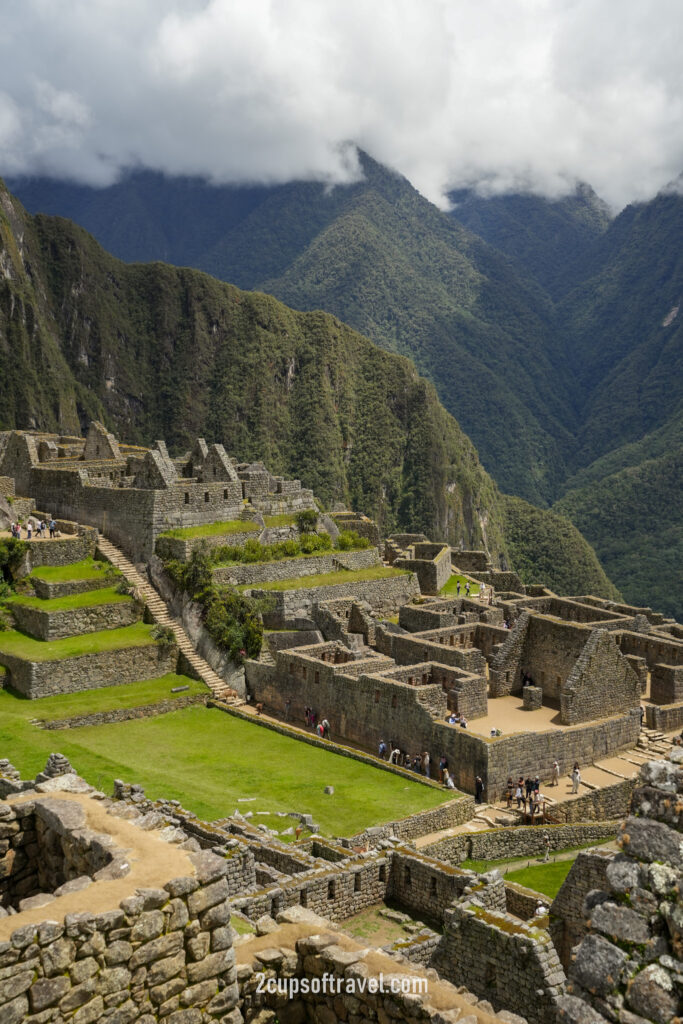
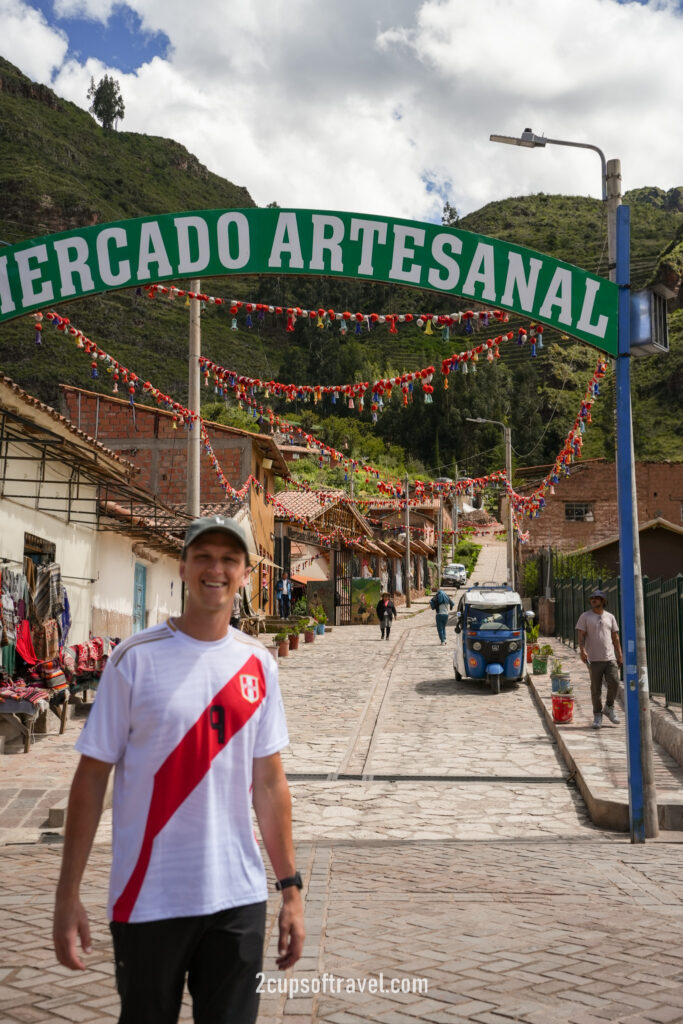
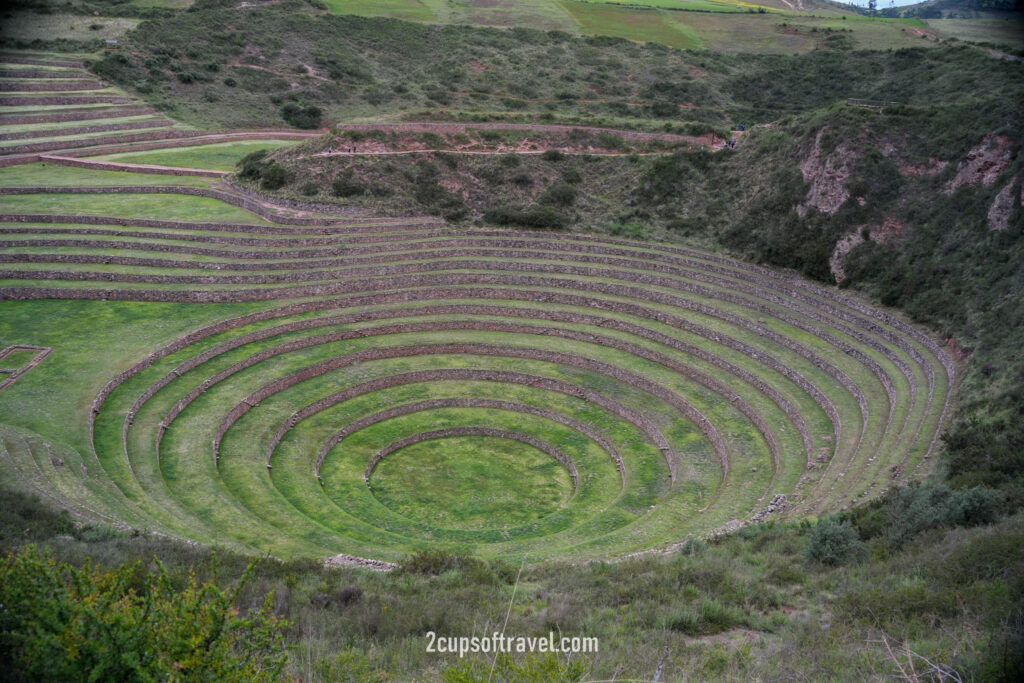

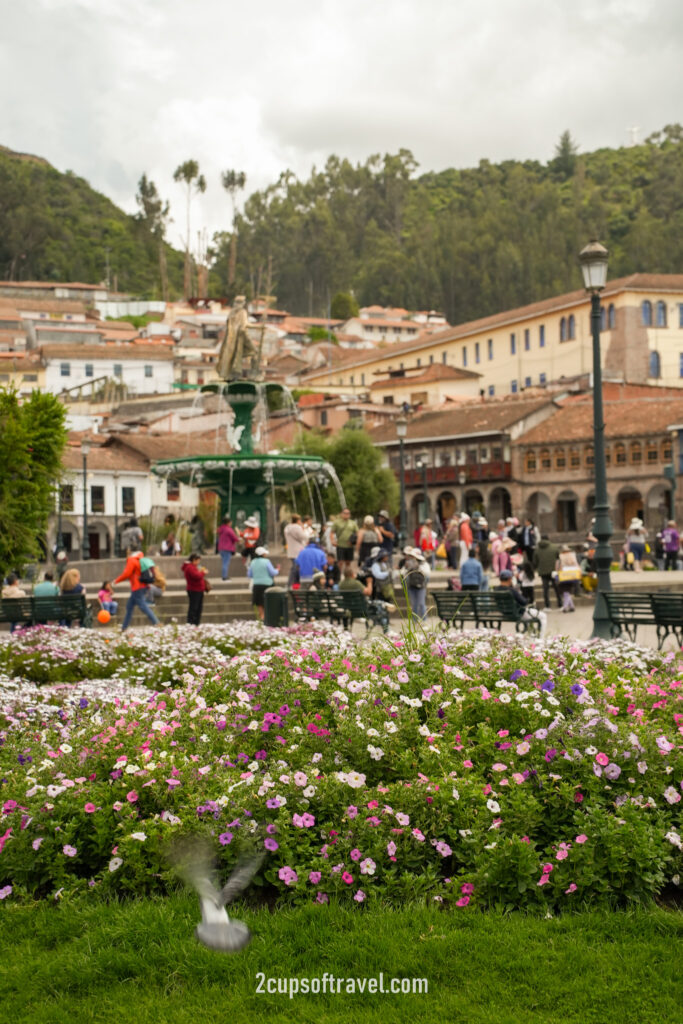
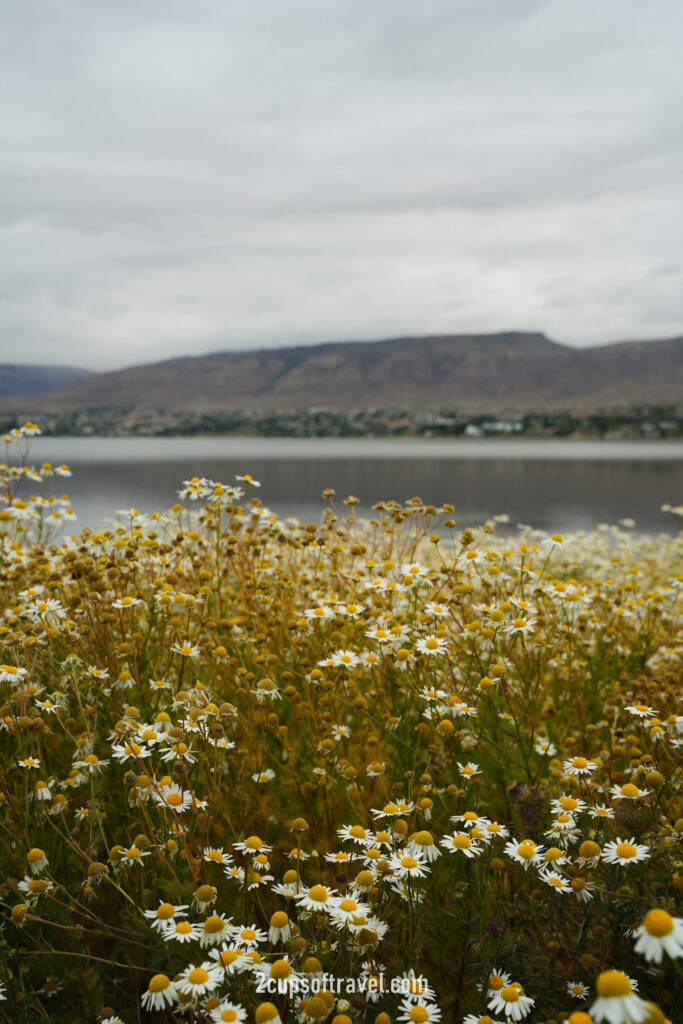
Enjoying our free guides & travel advice? Subscribe to our blog!
Jump your email into the list below. We won’t spam you! It’ll just keep you updated whenever we post another travel-related adventure, memory or tid-bid!

